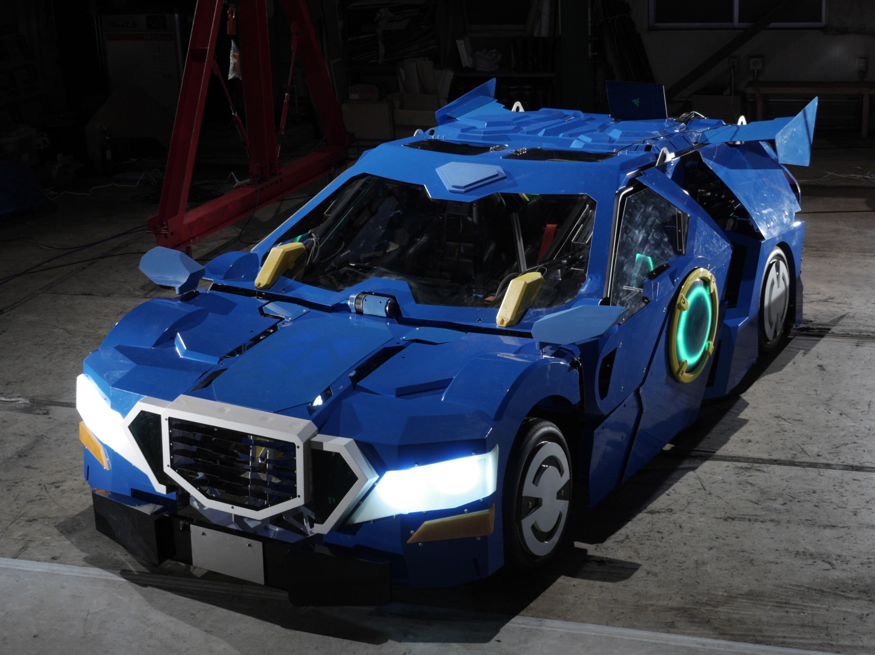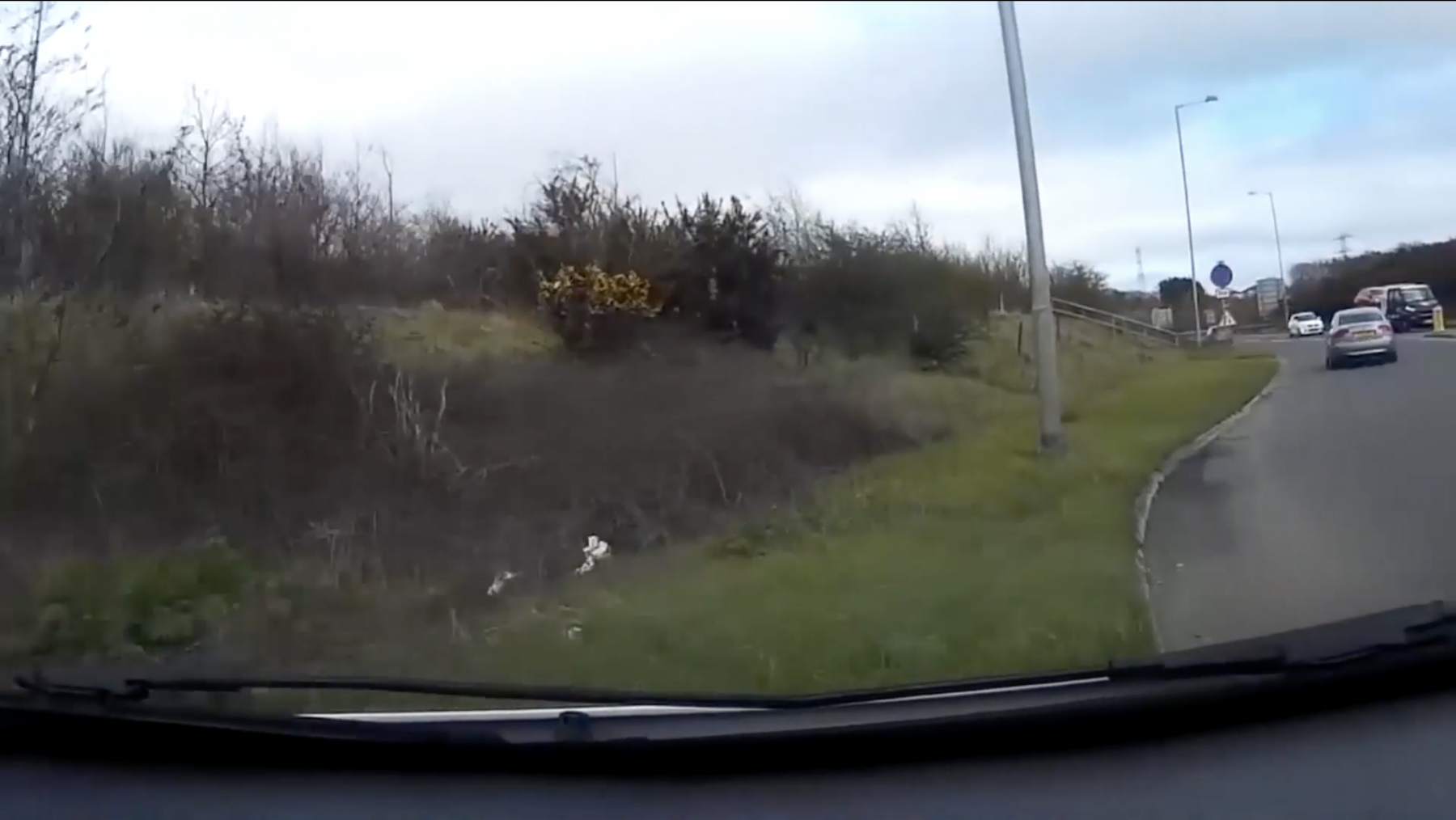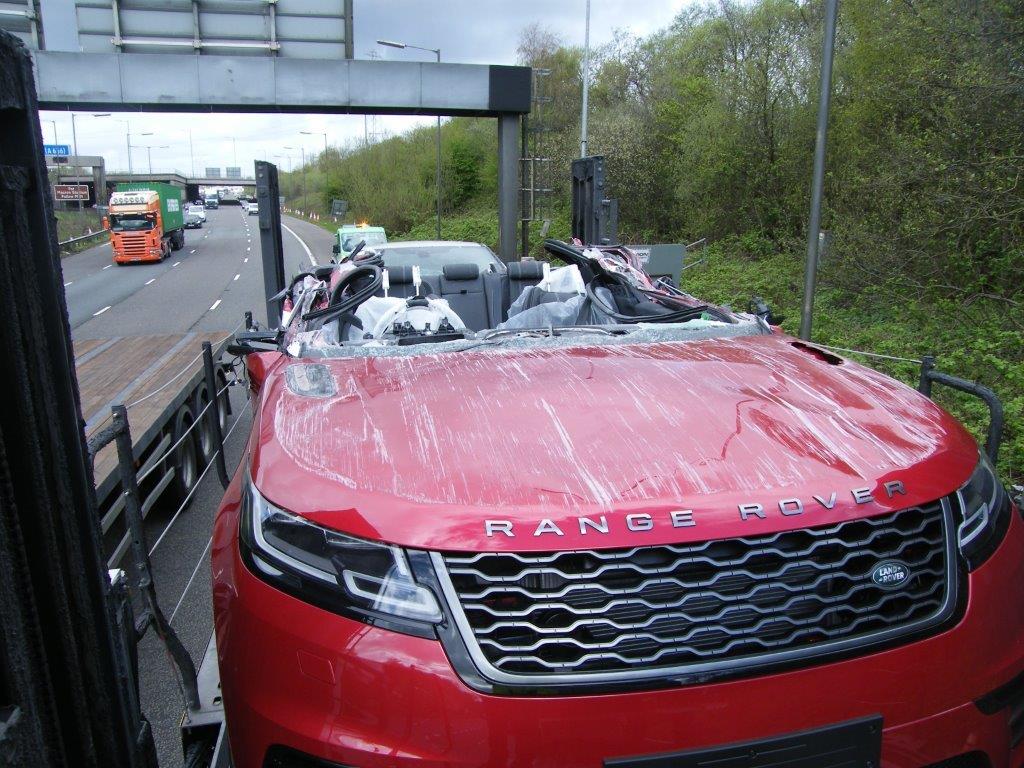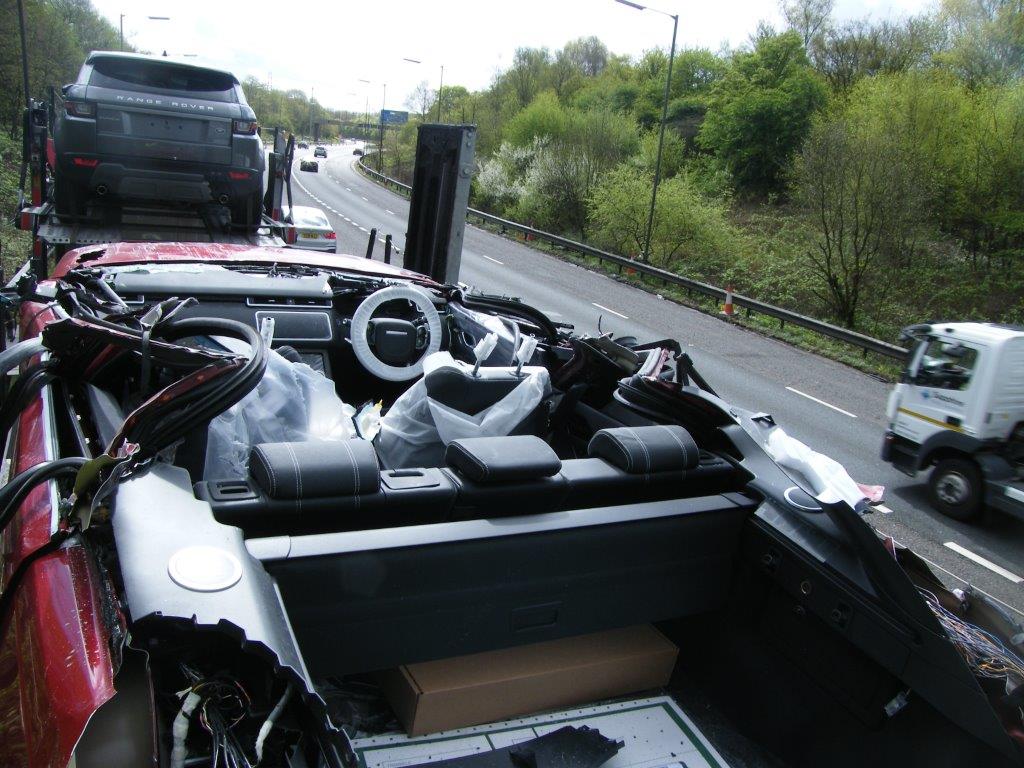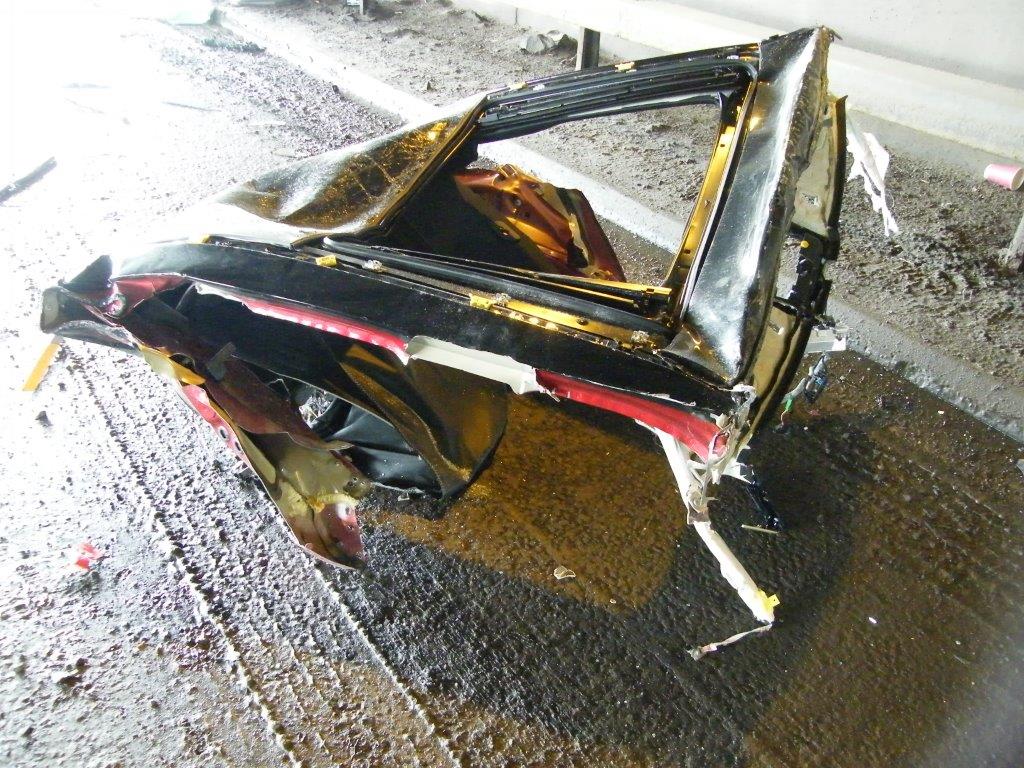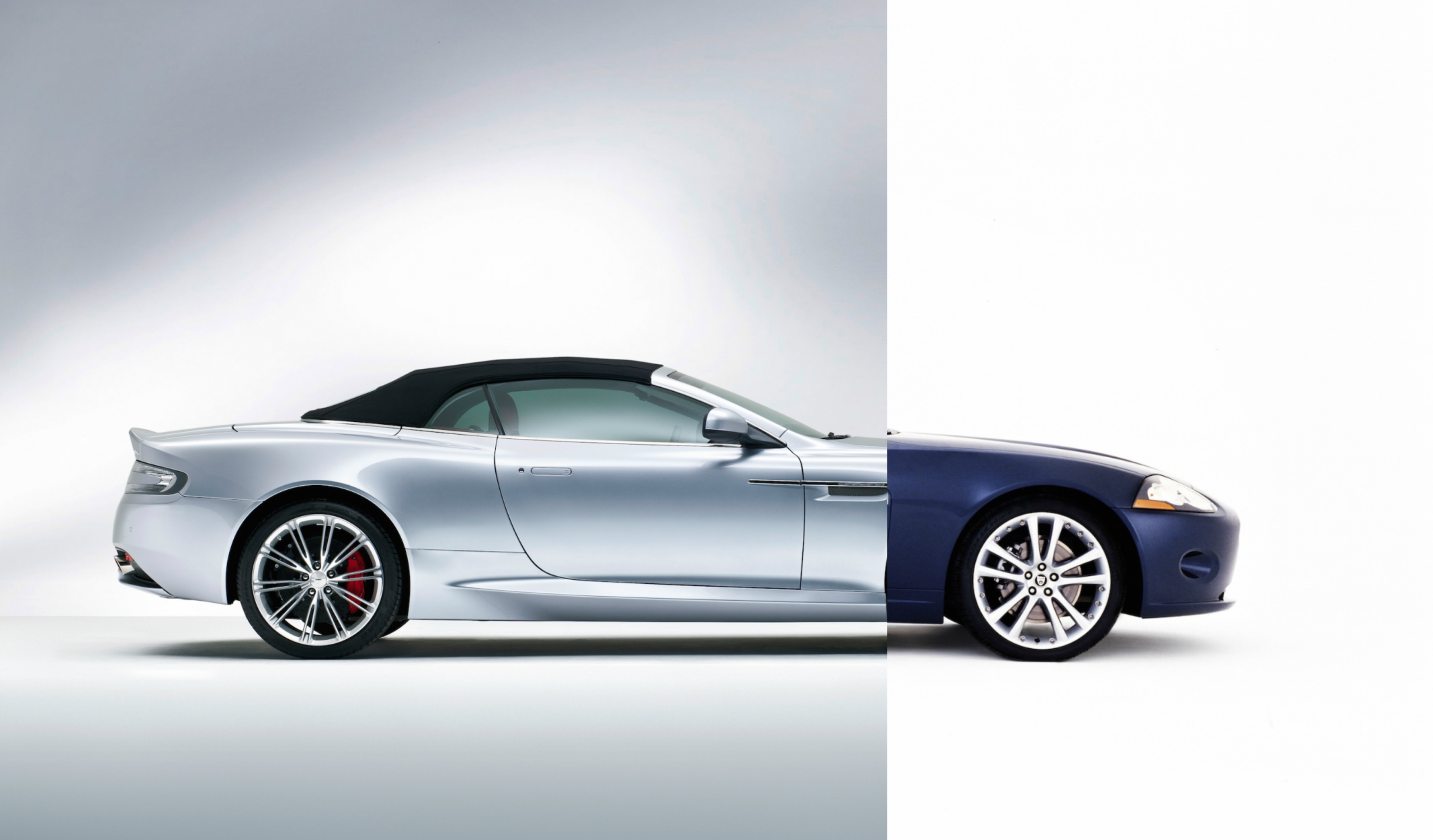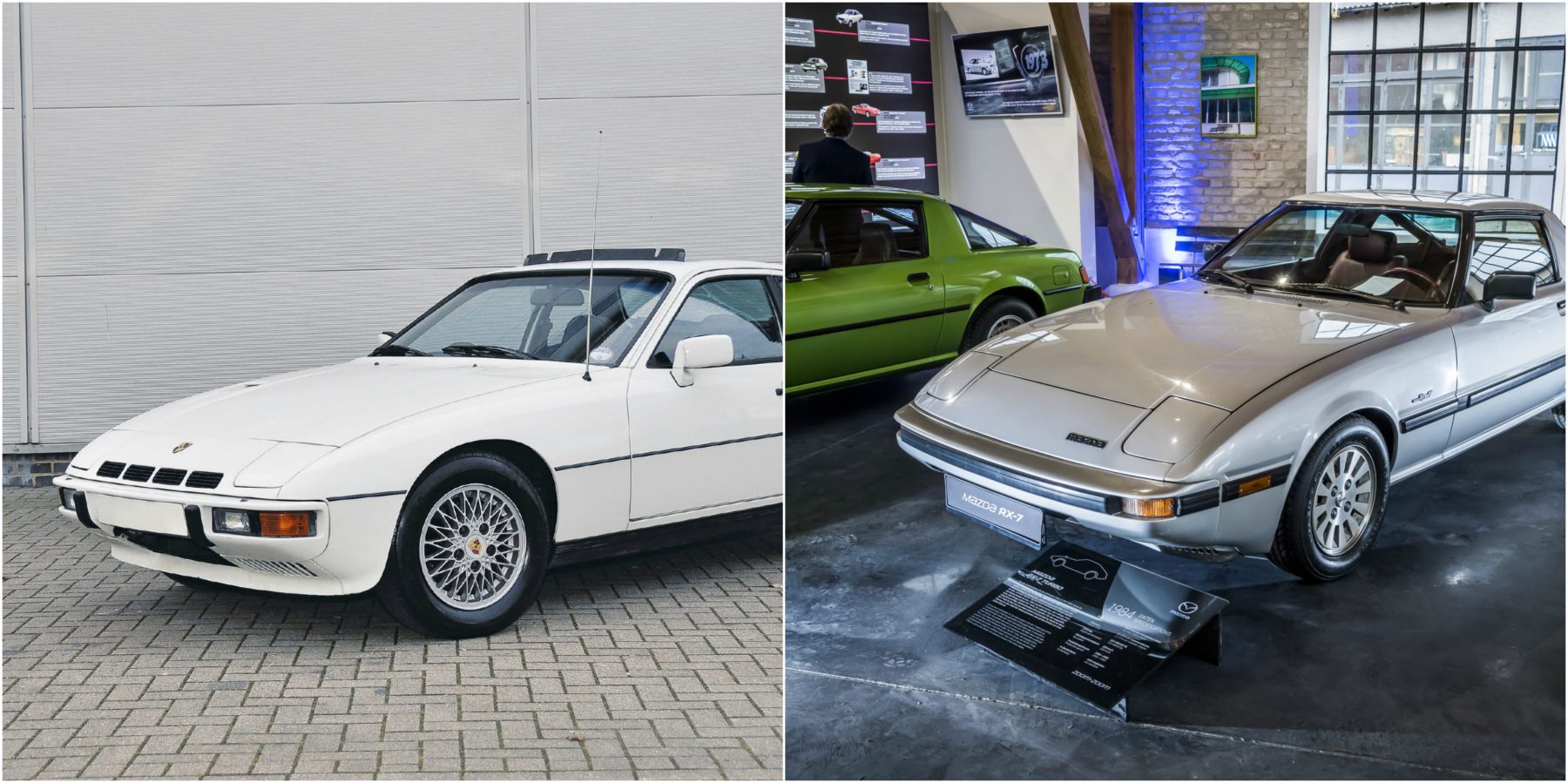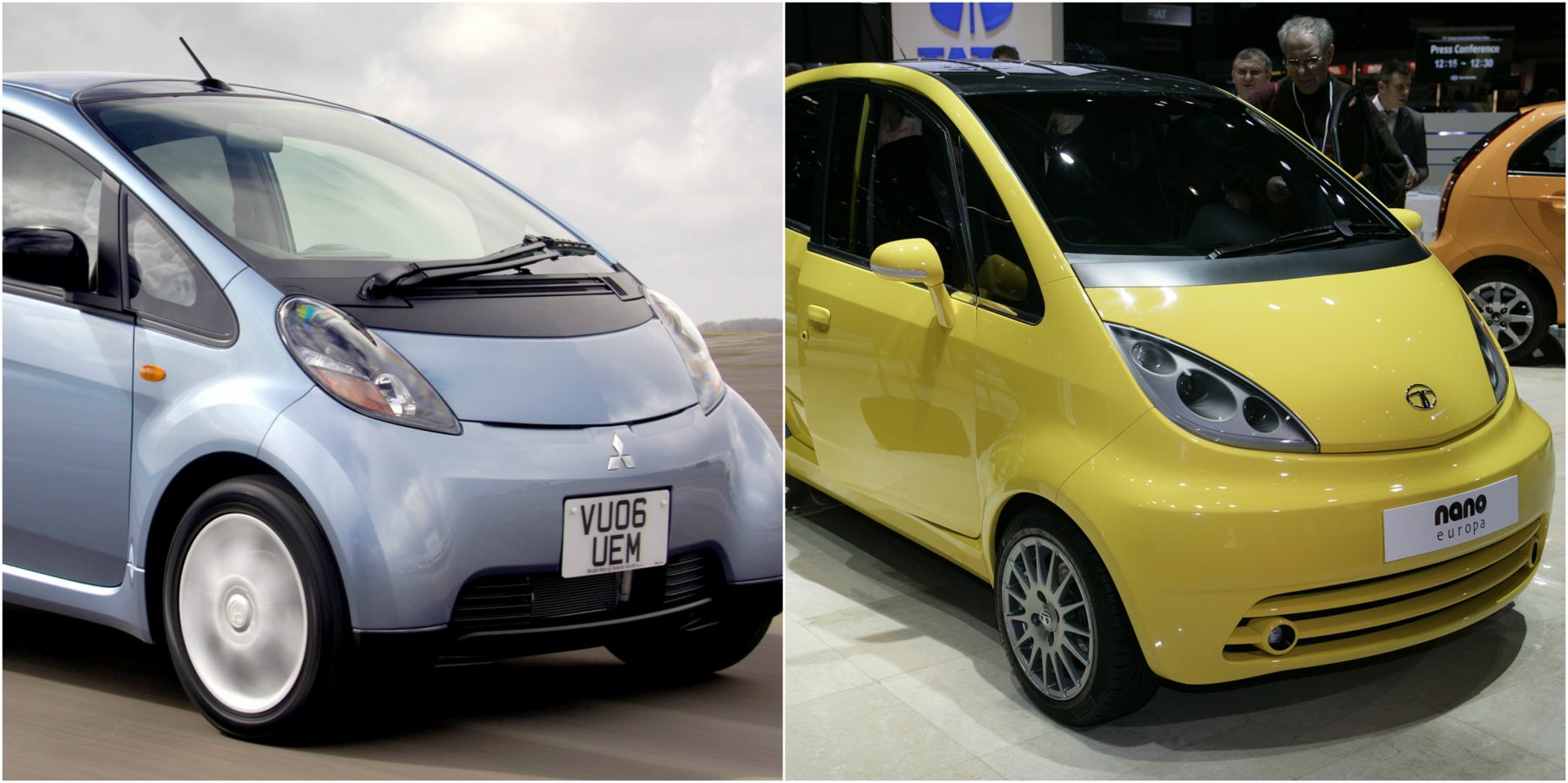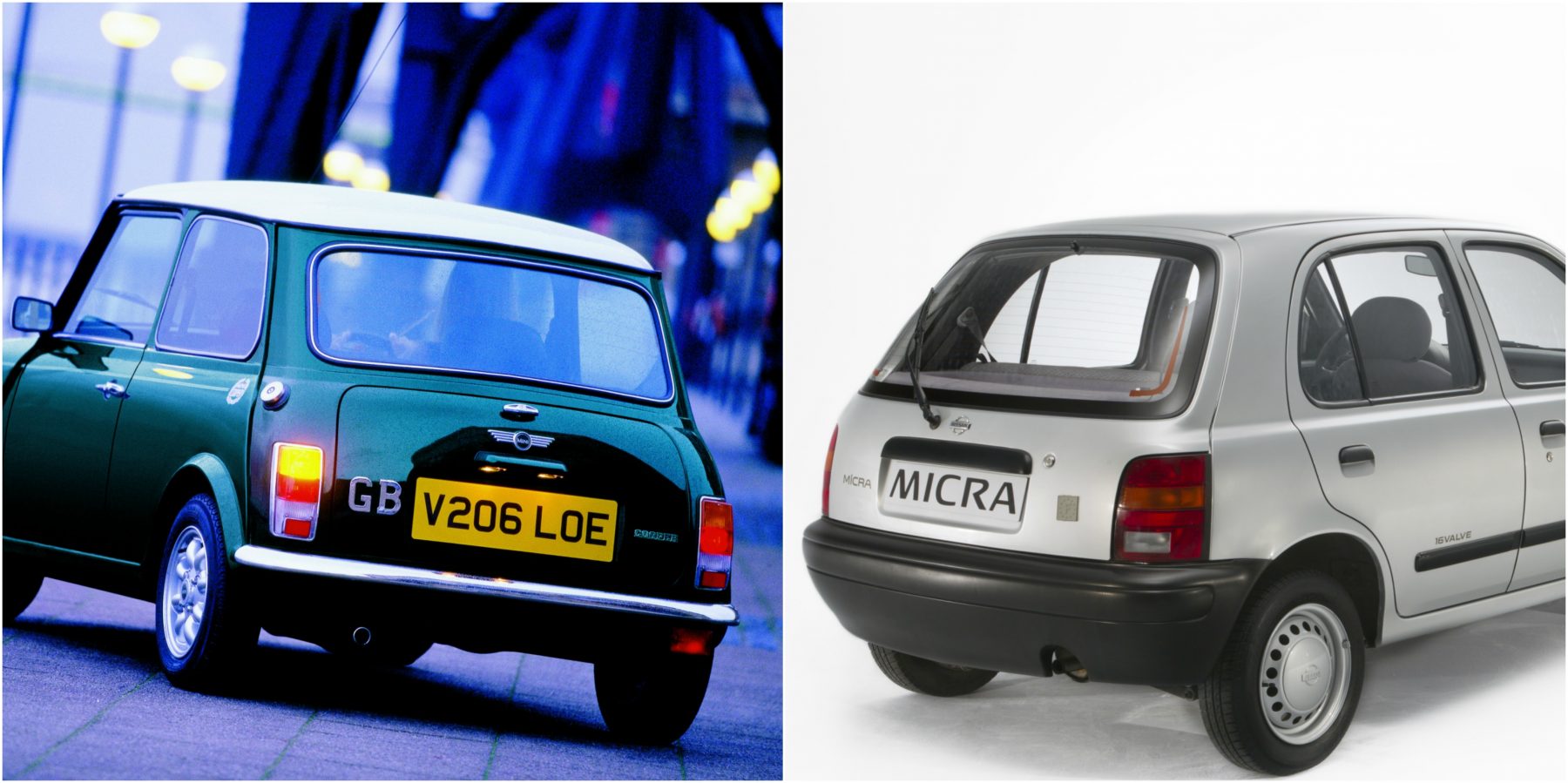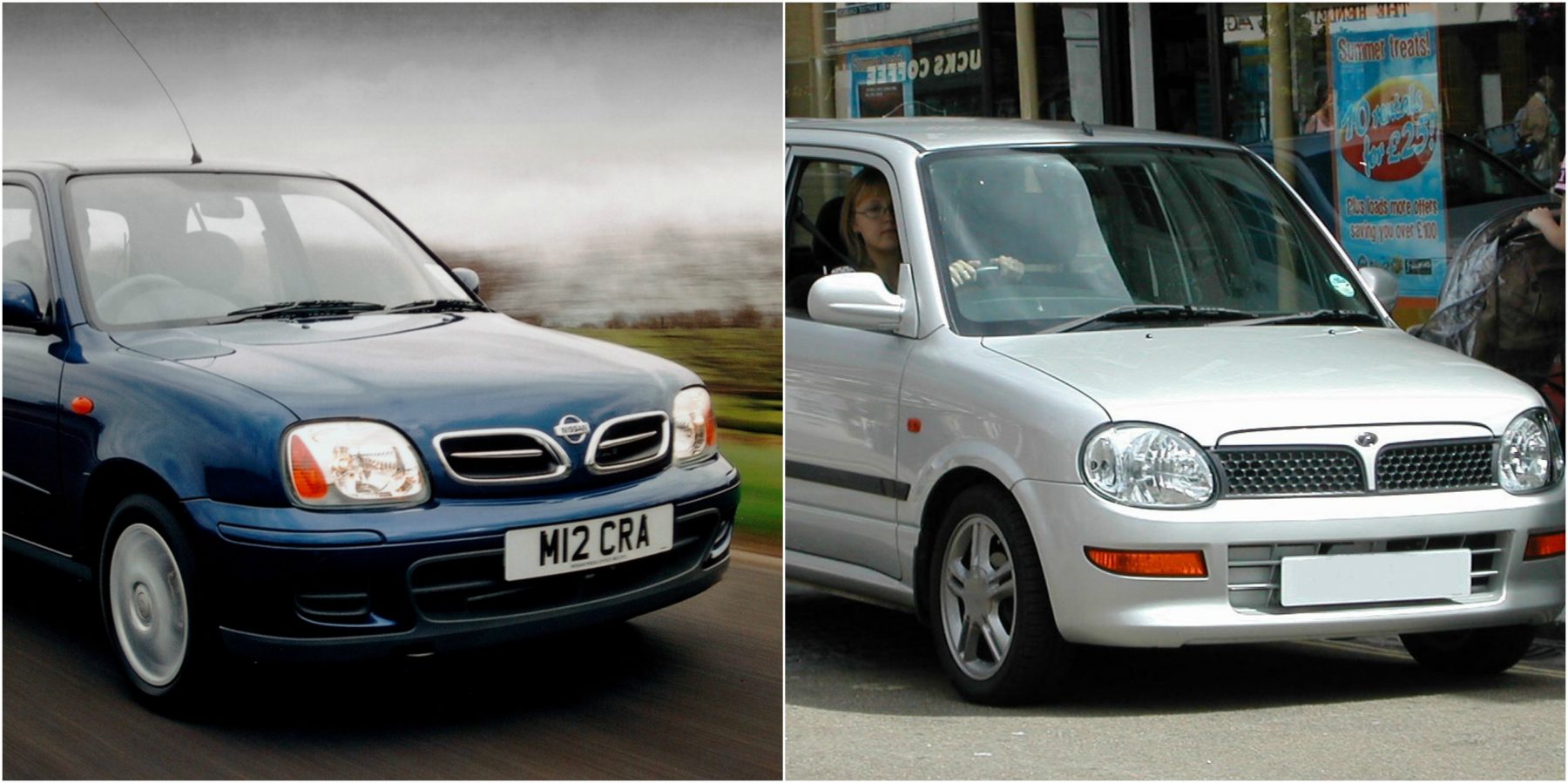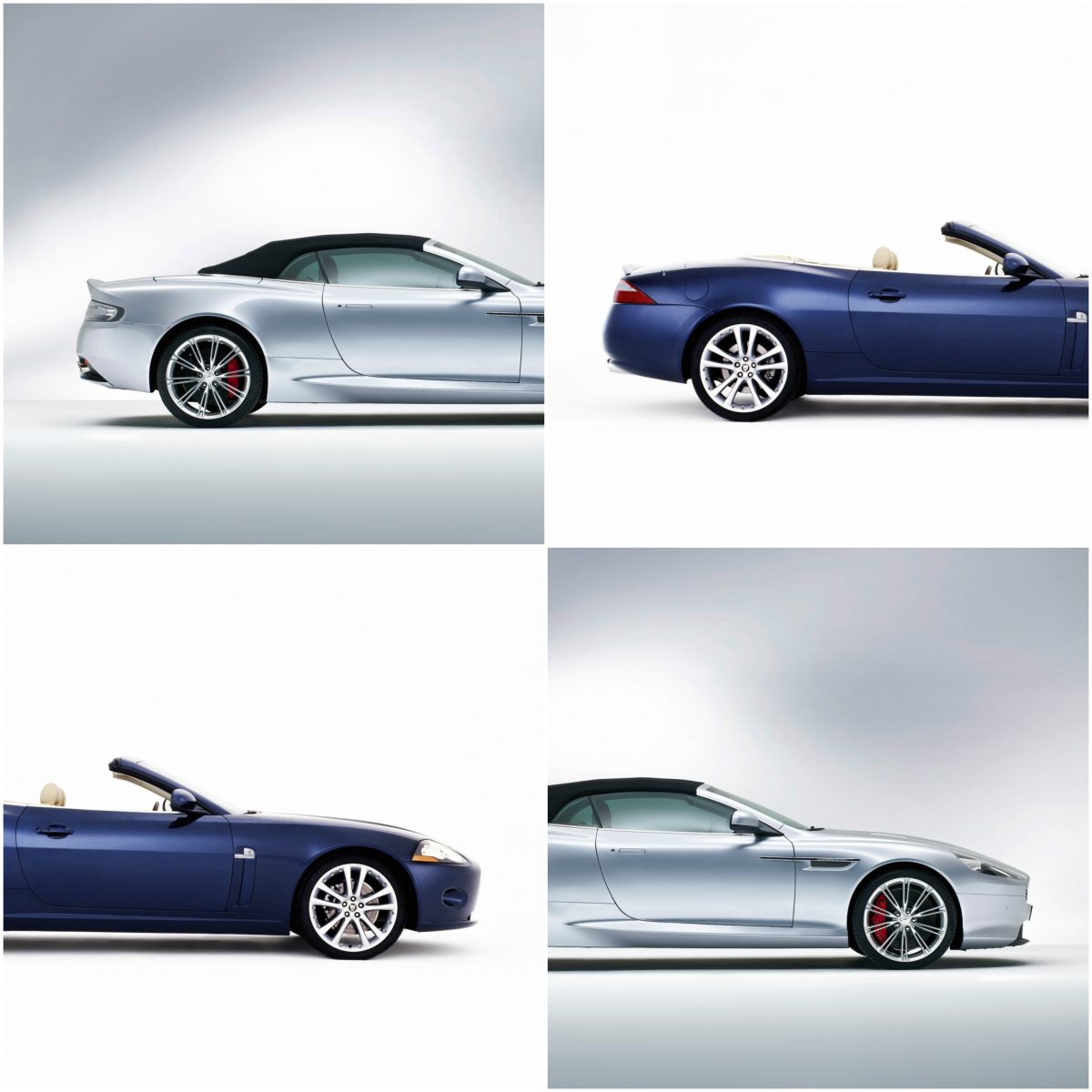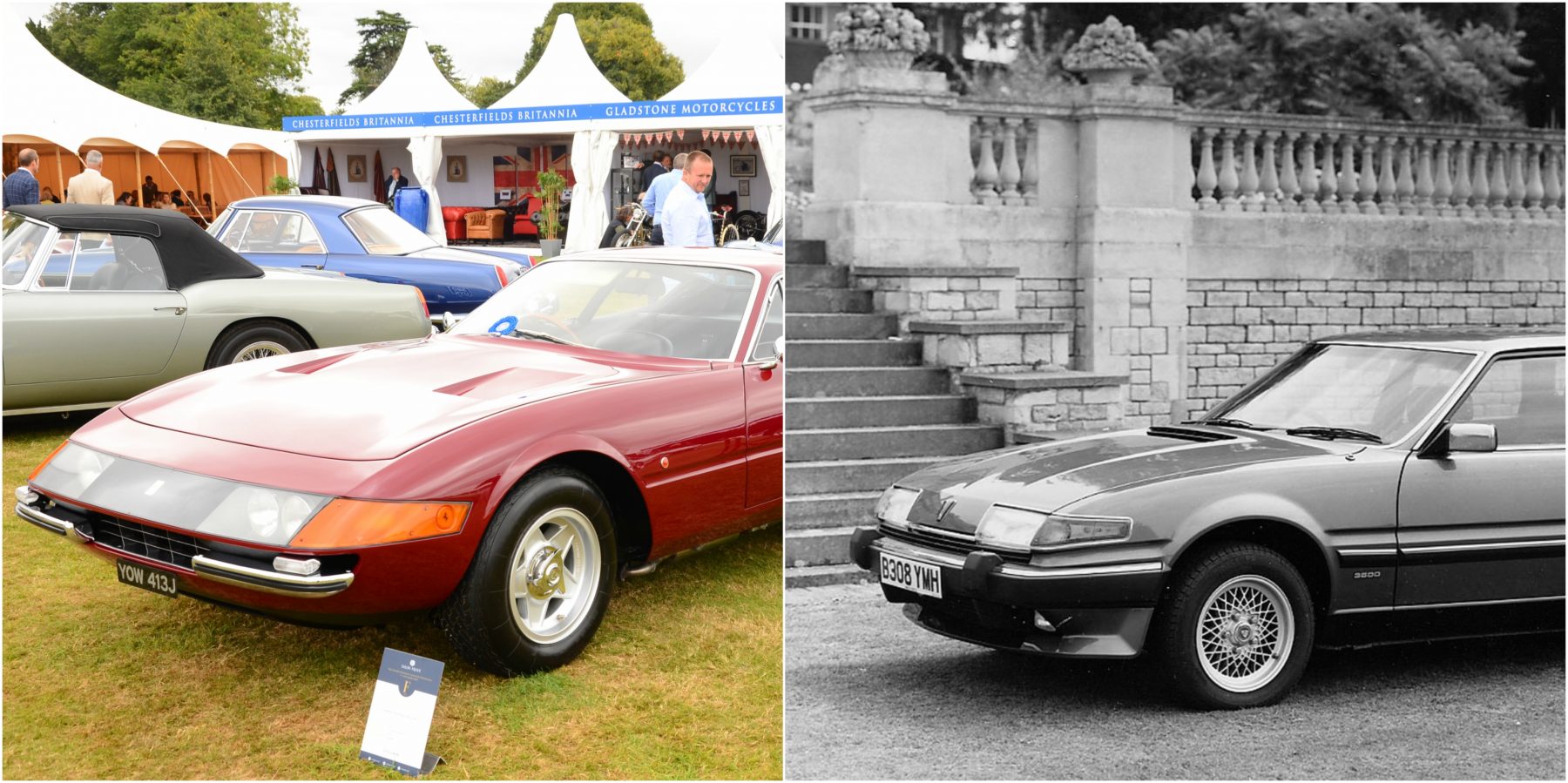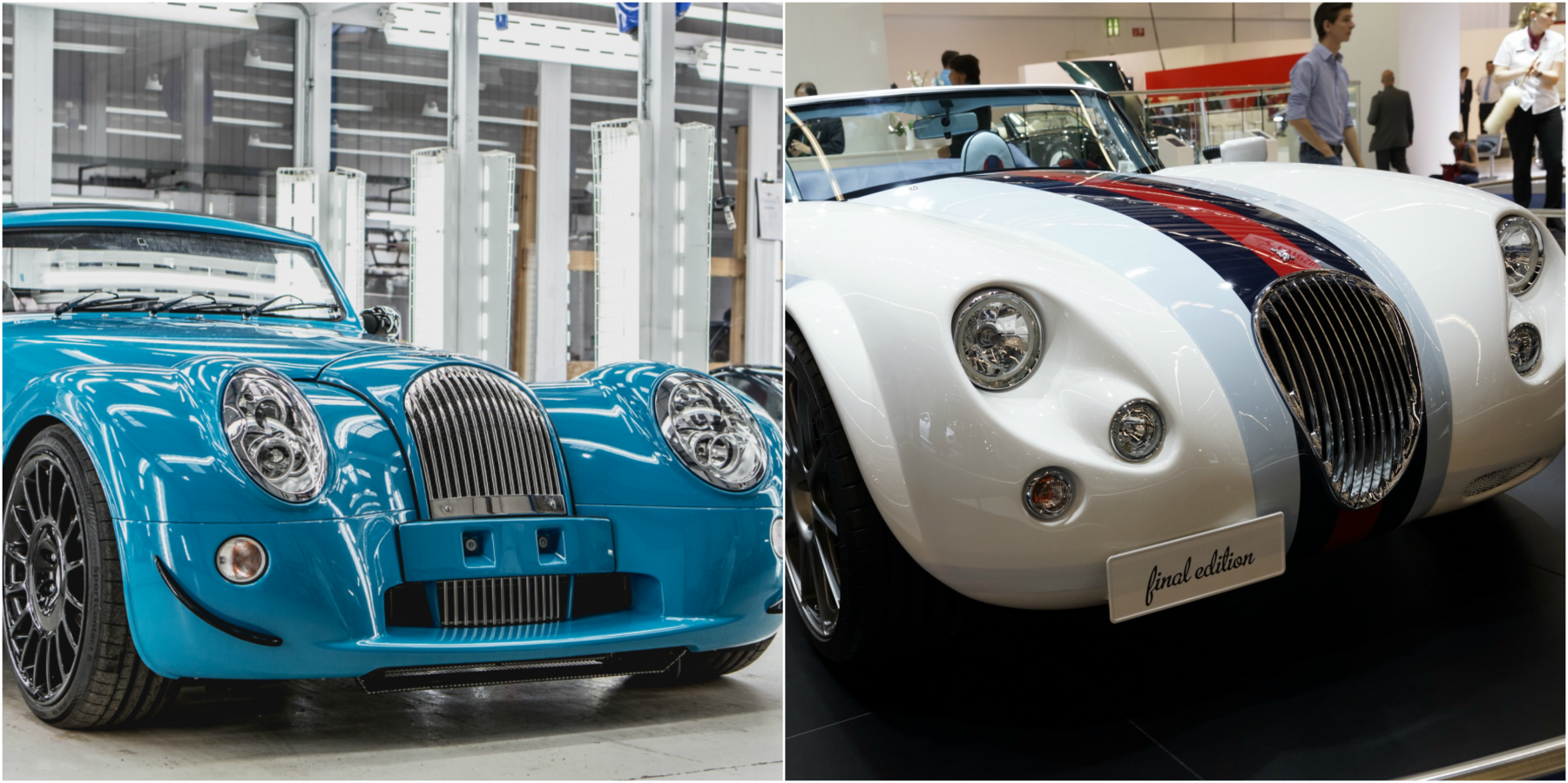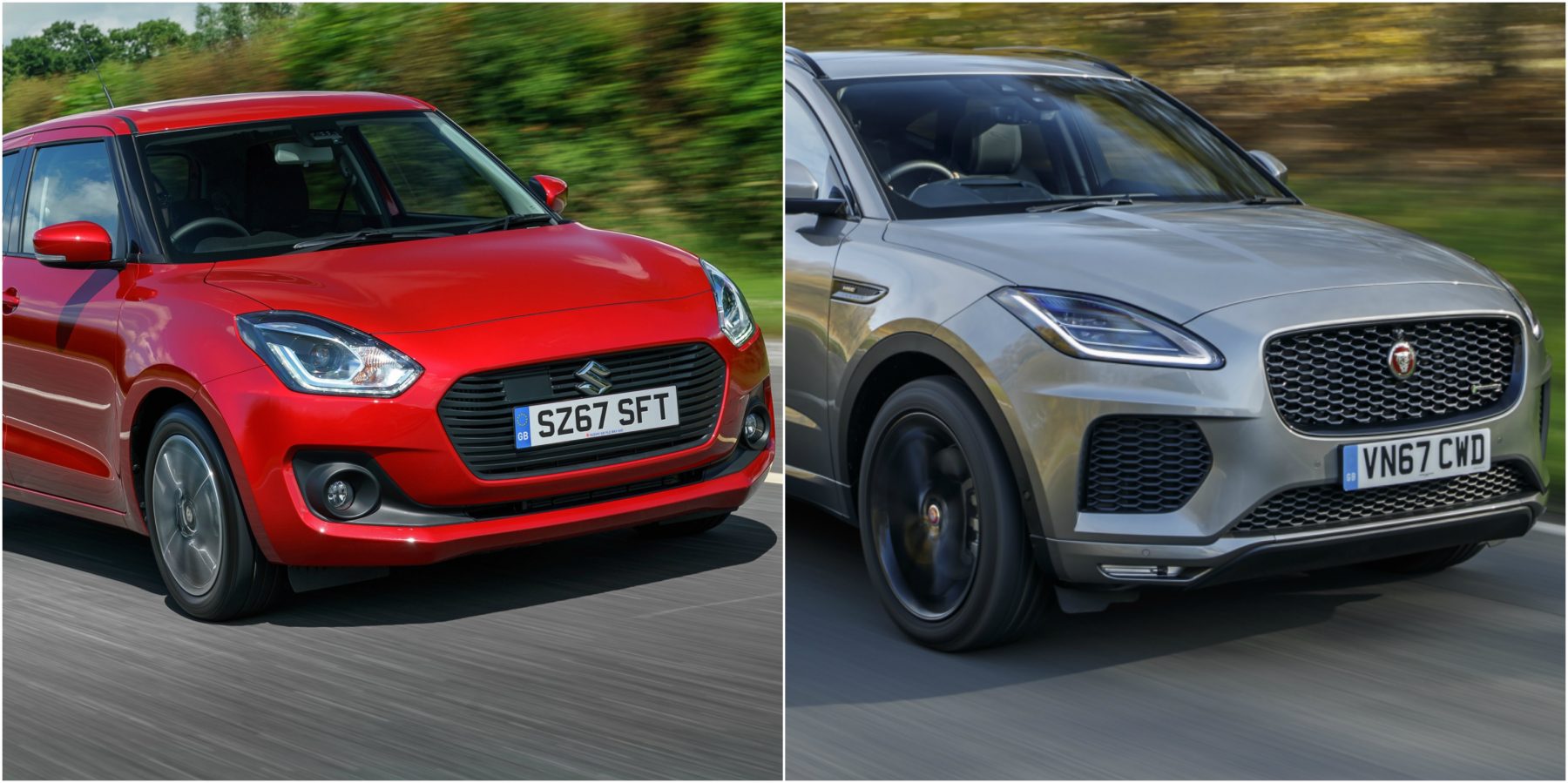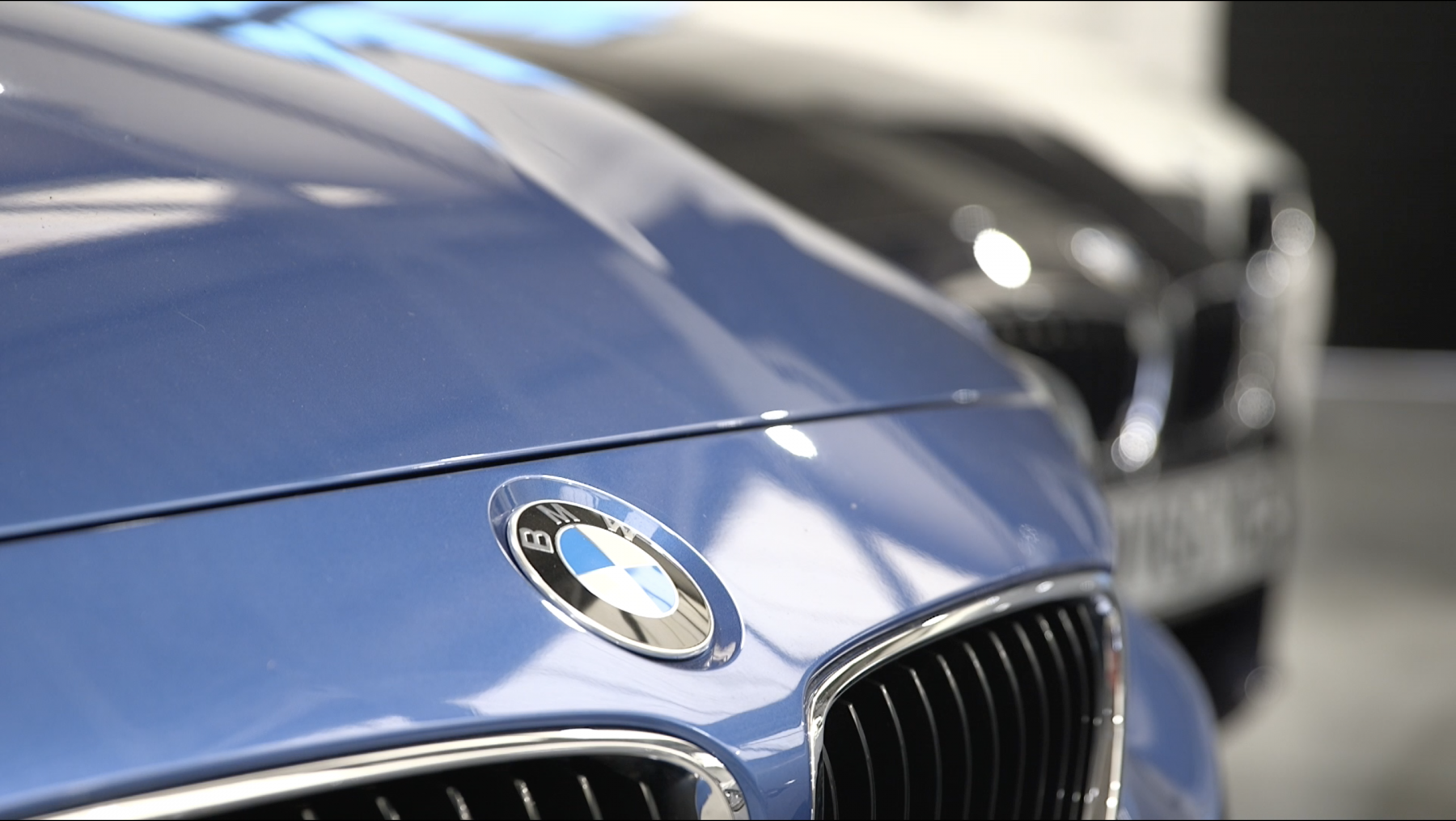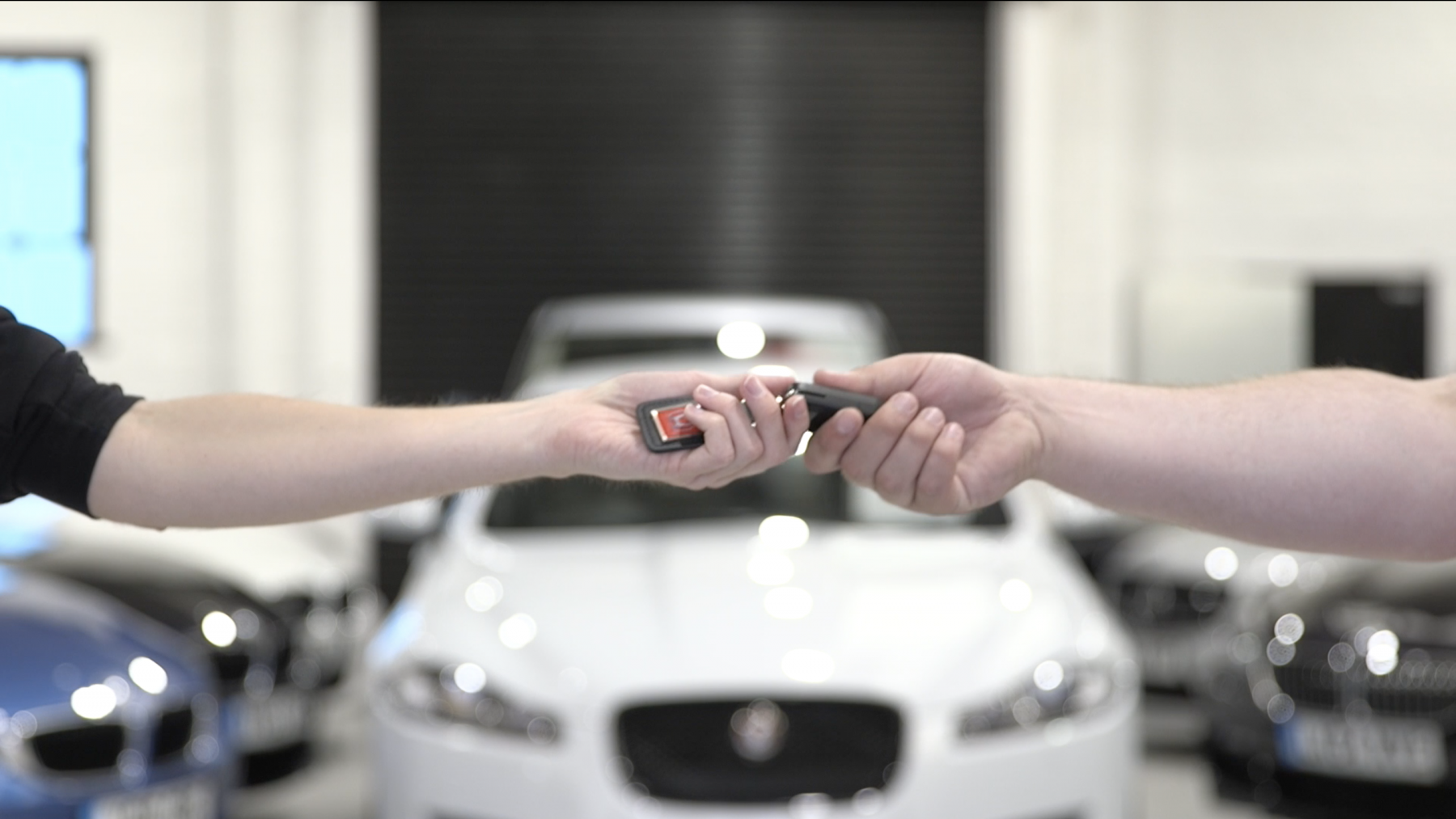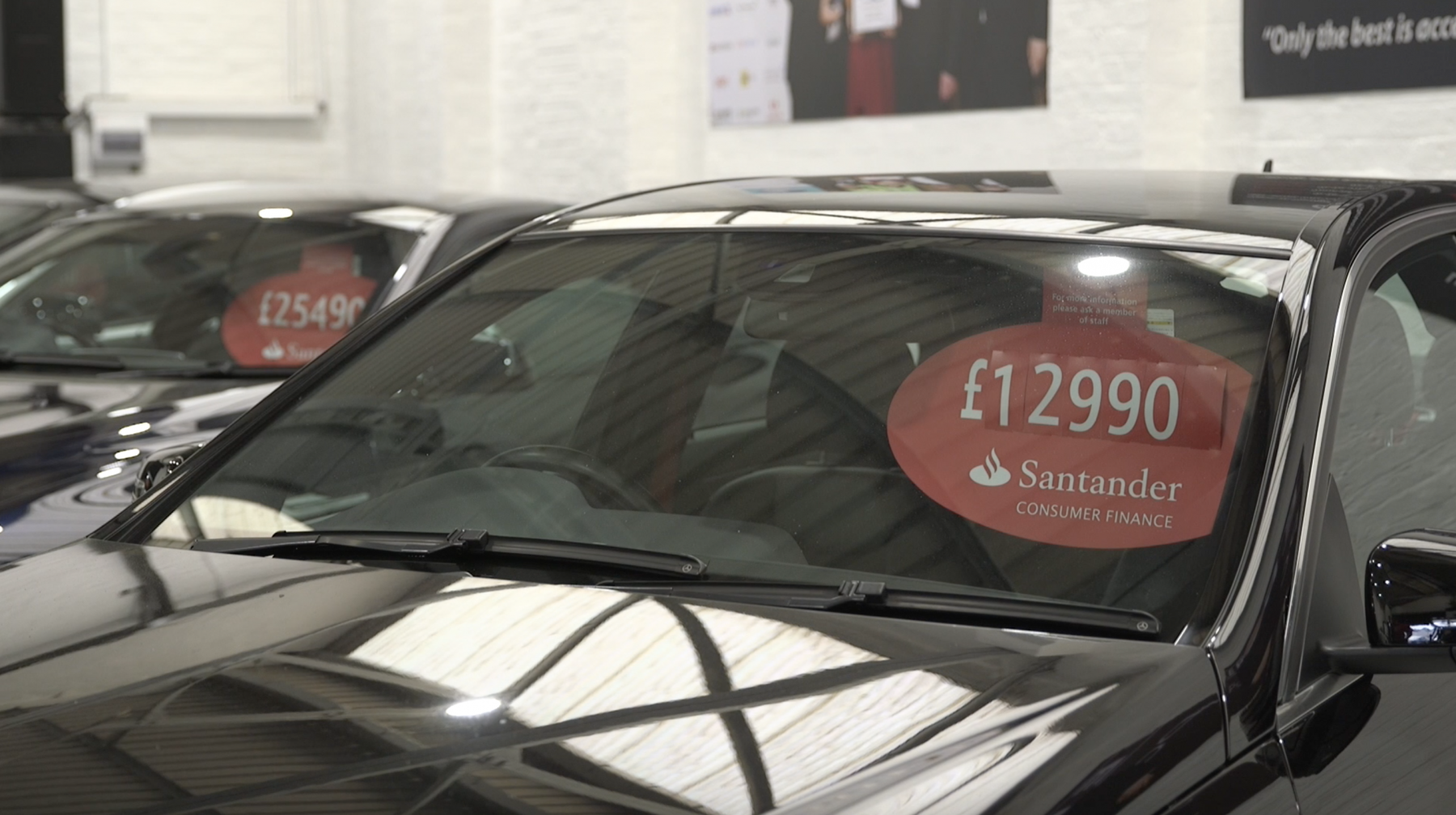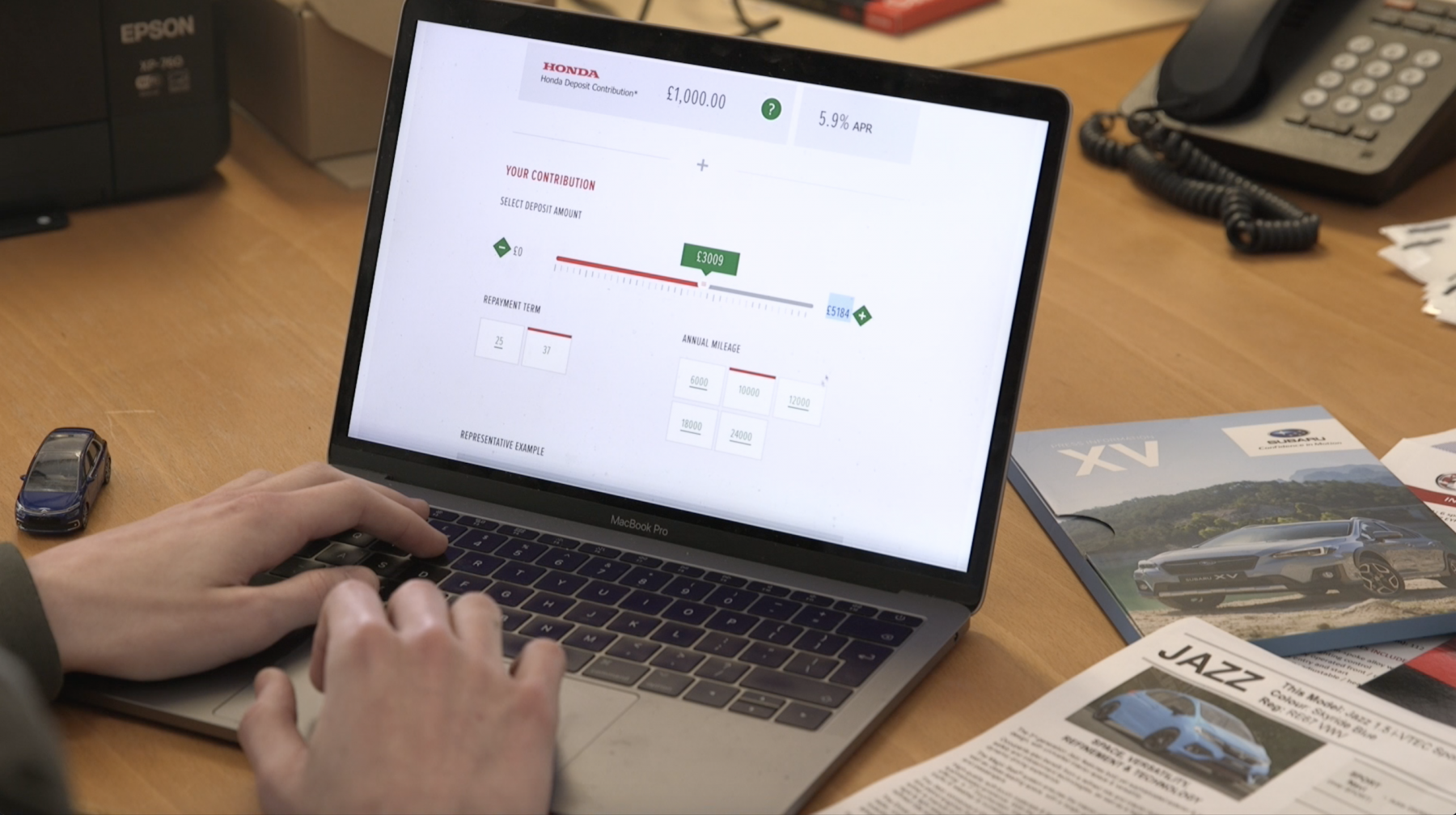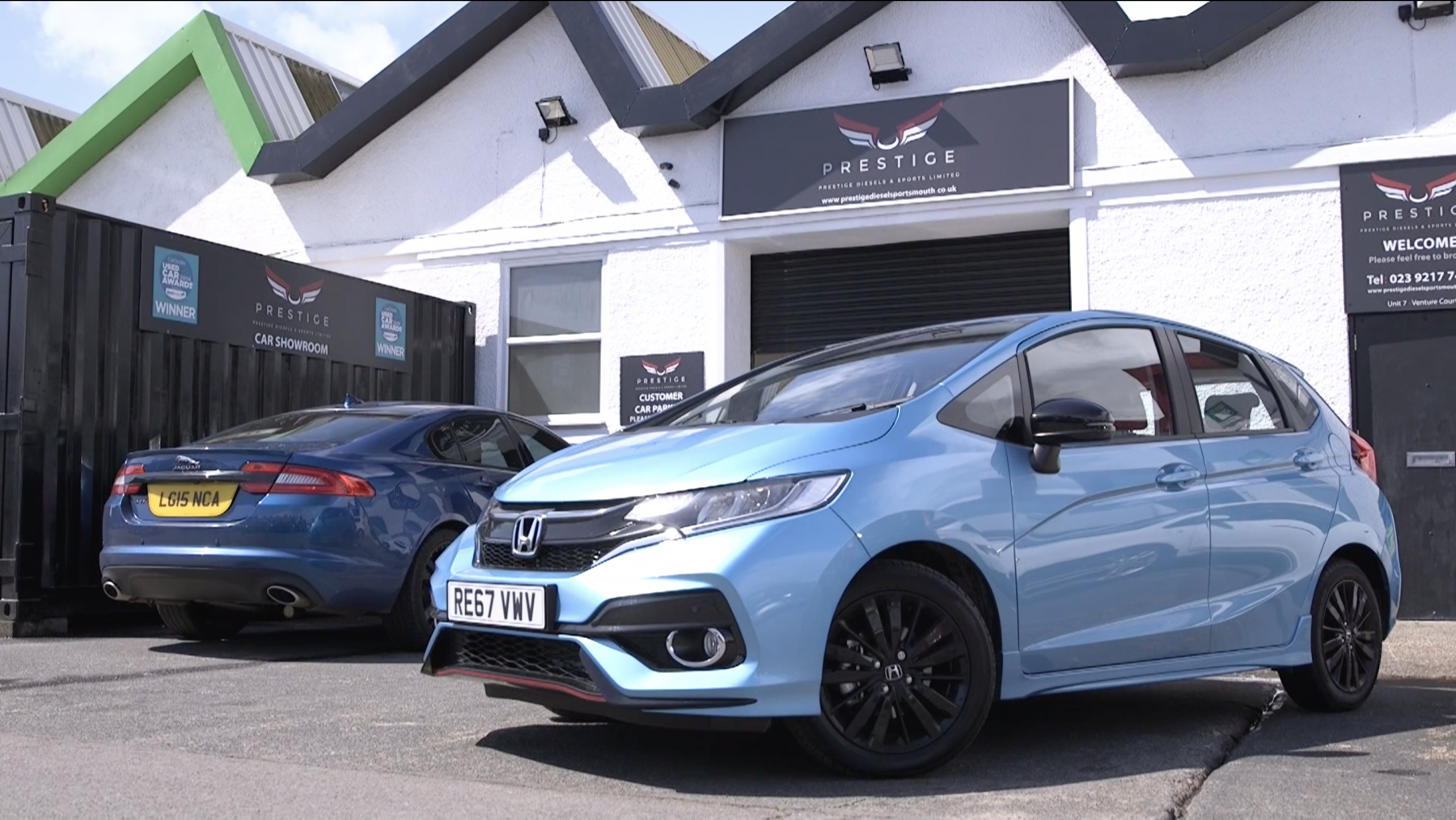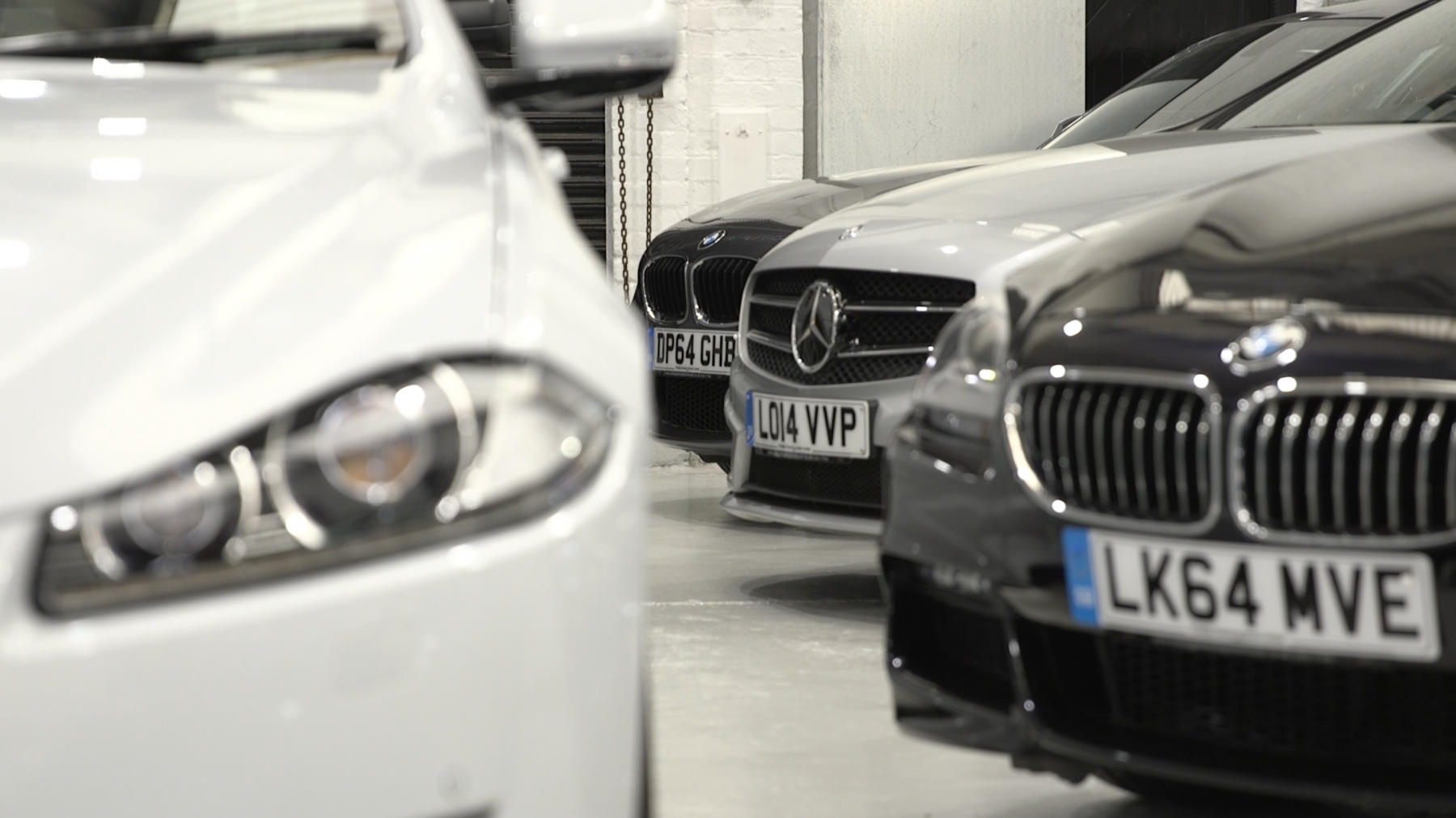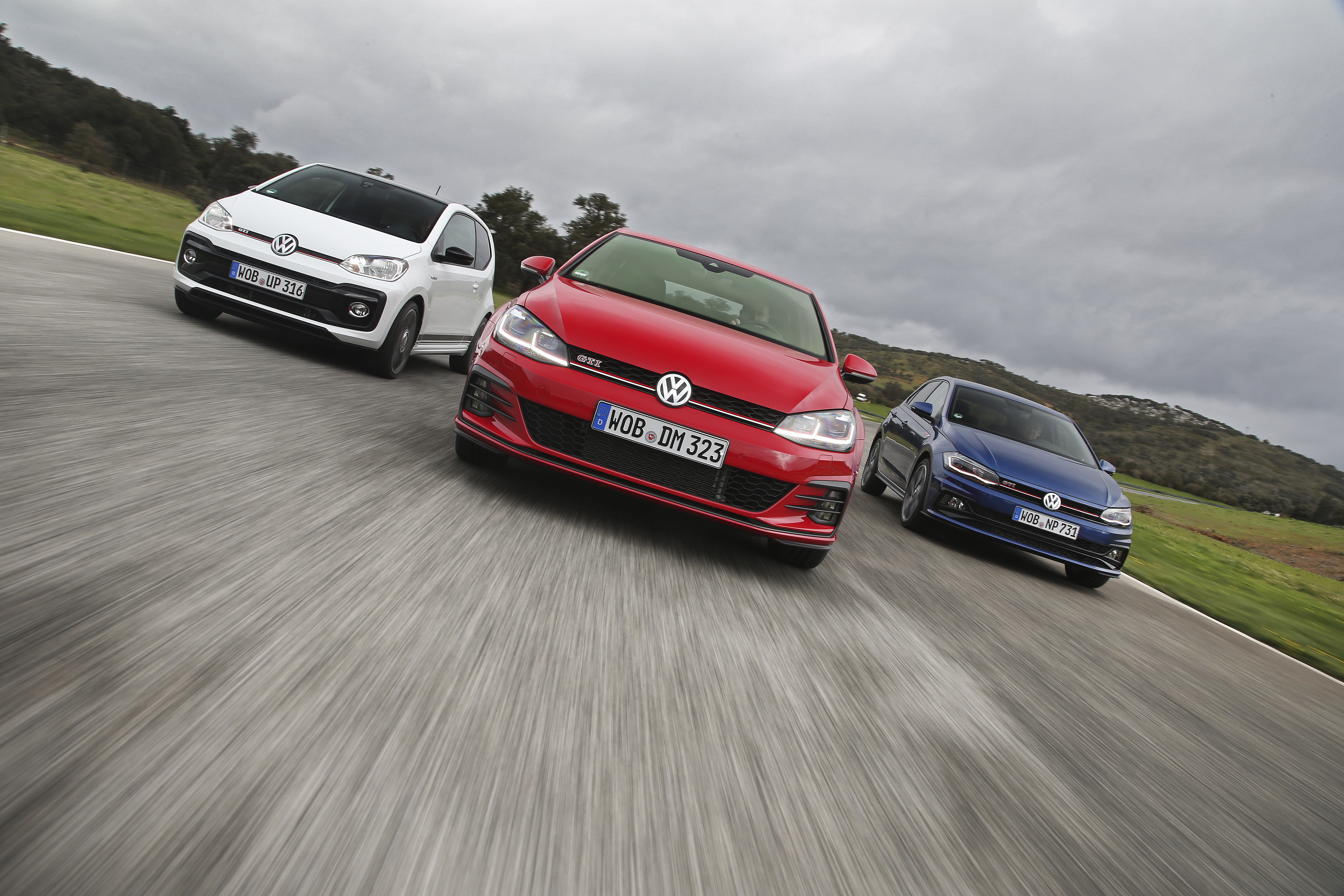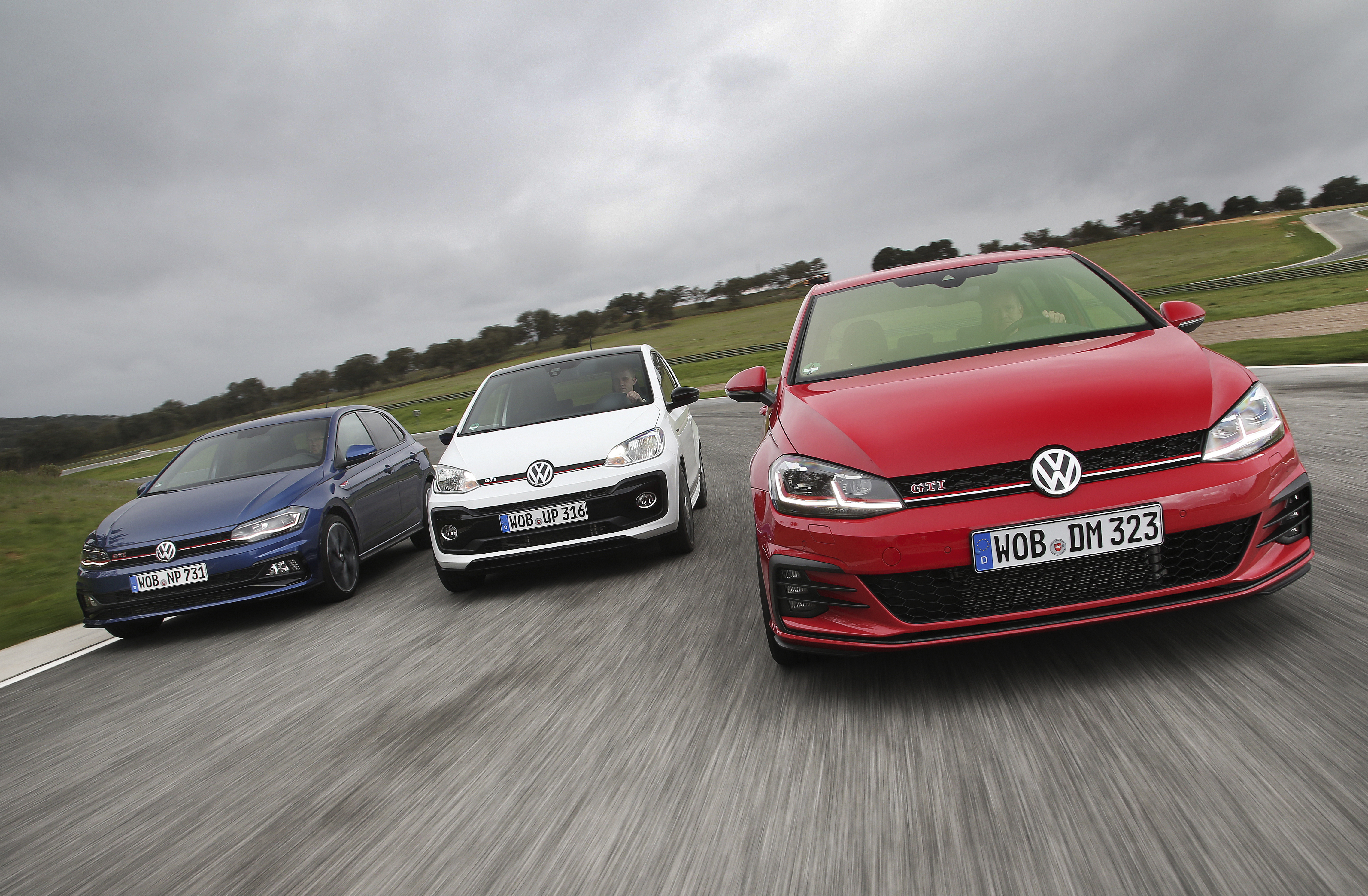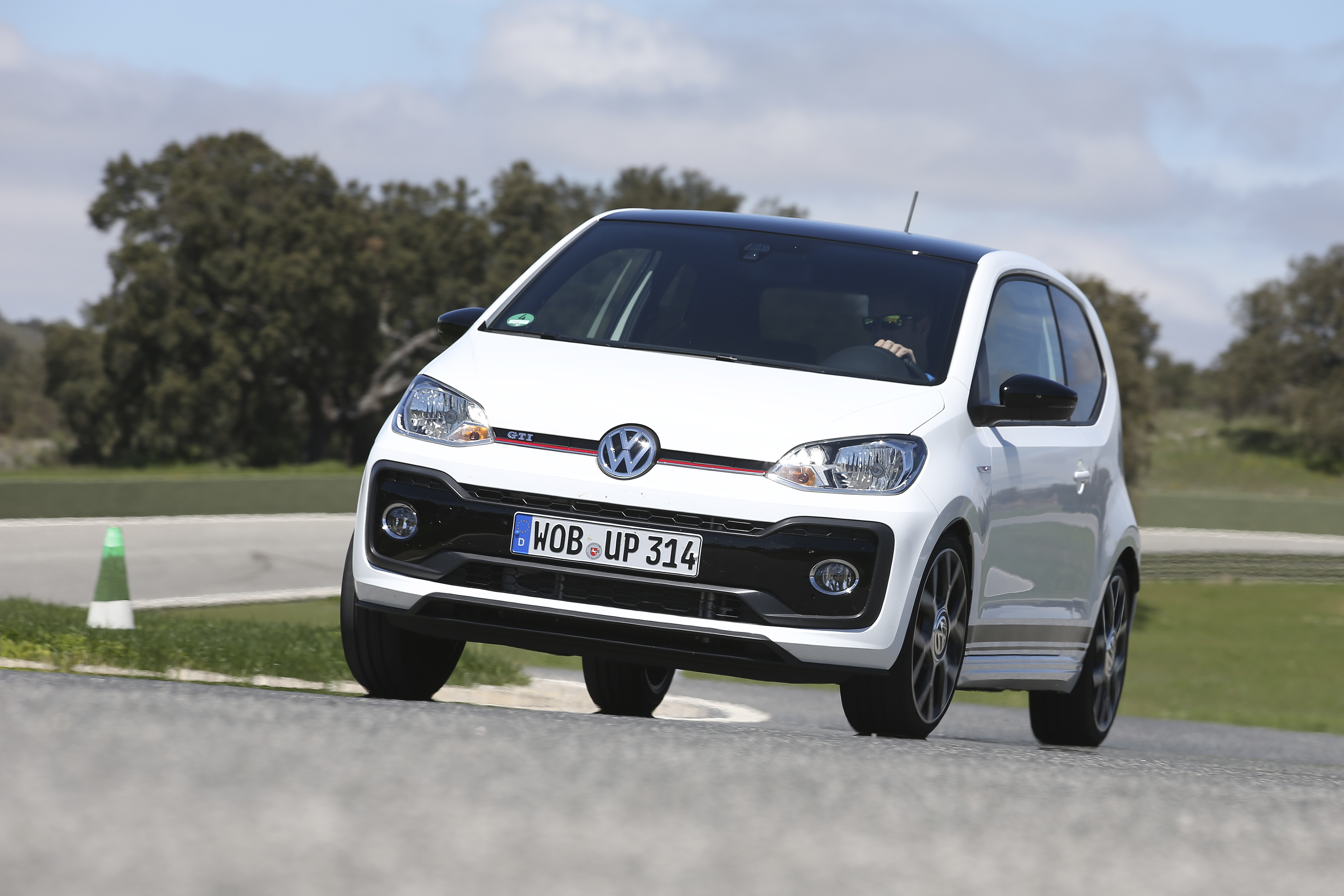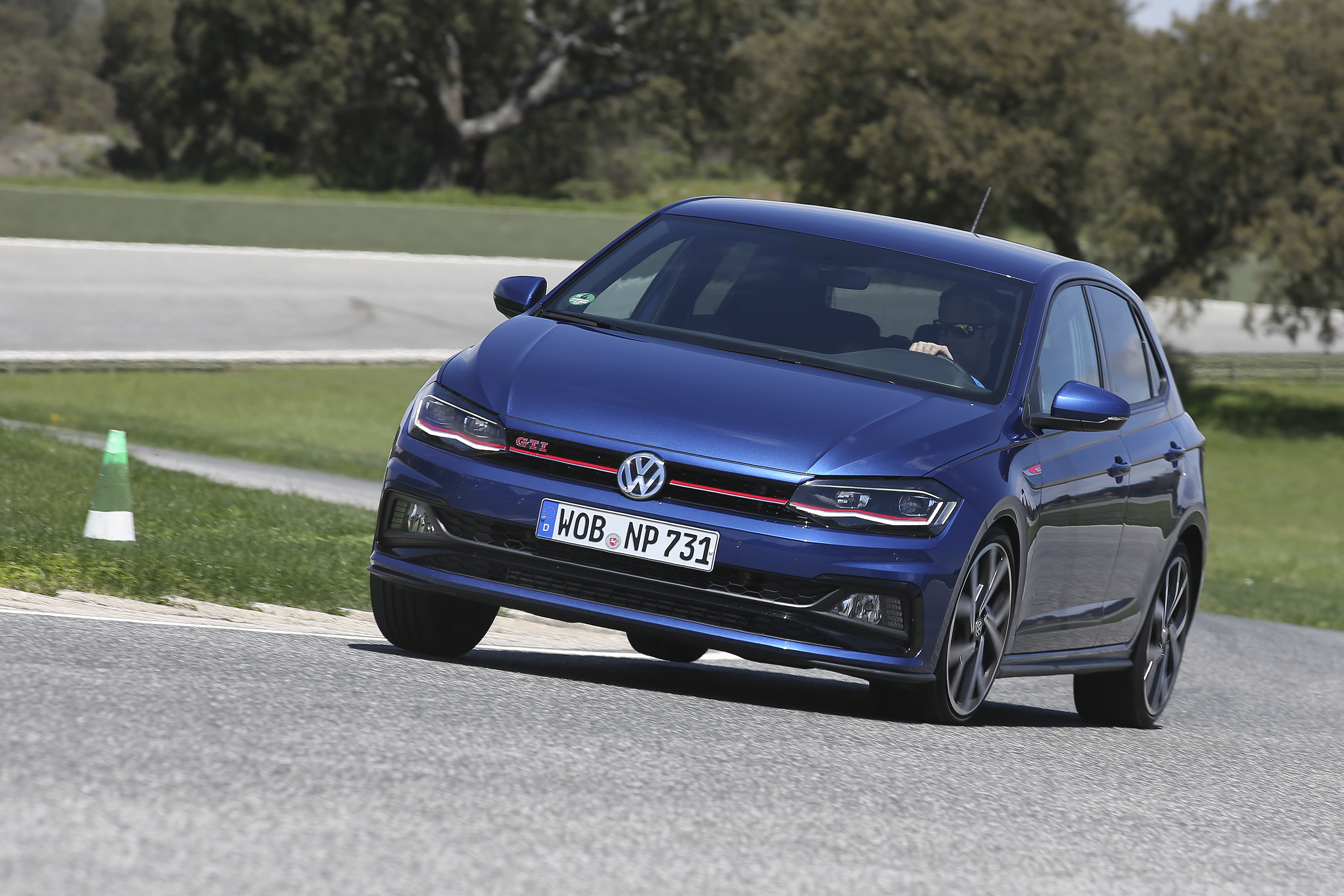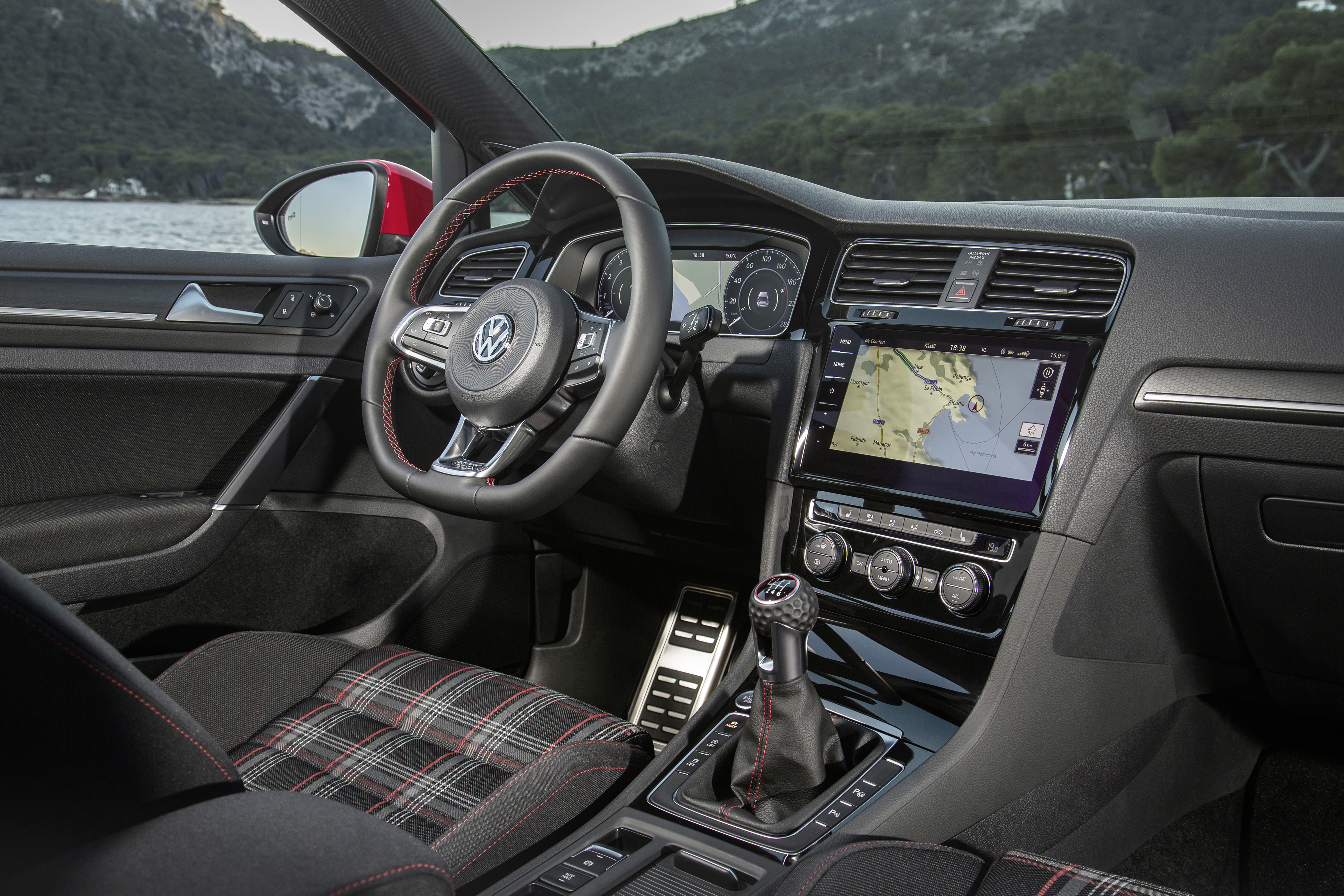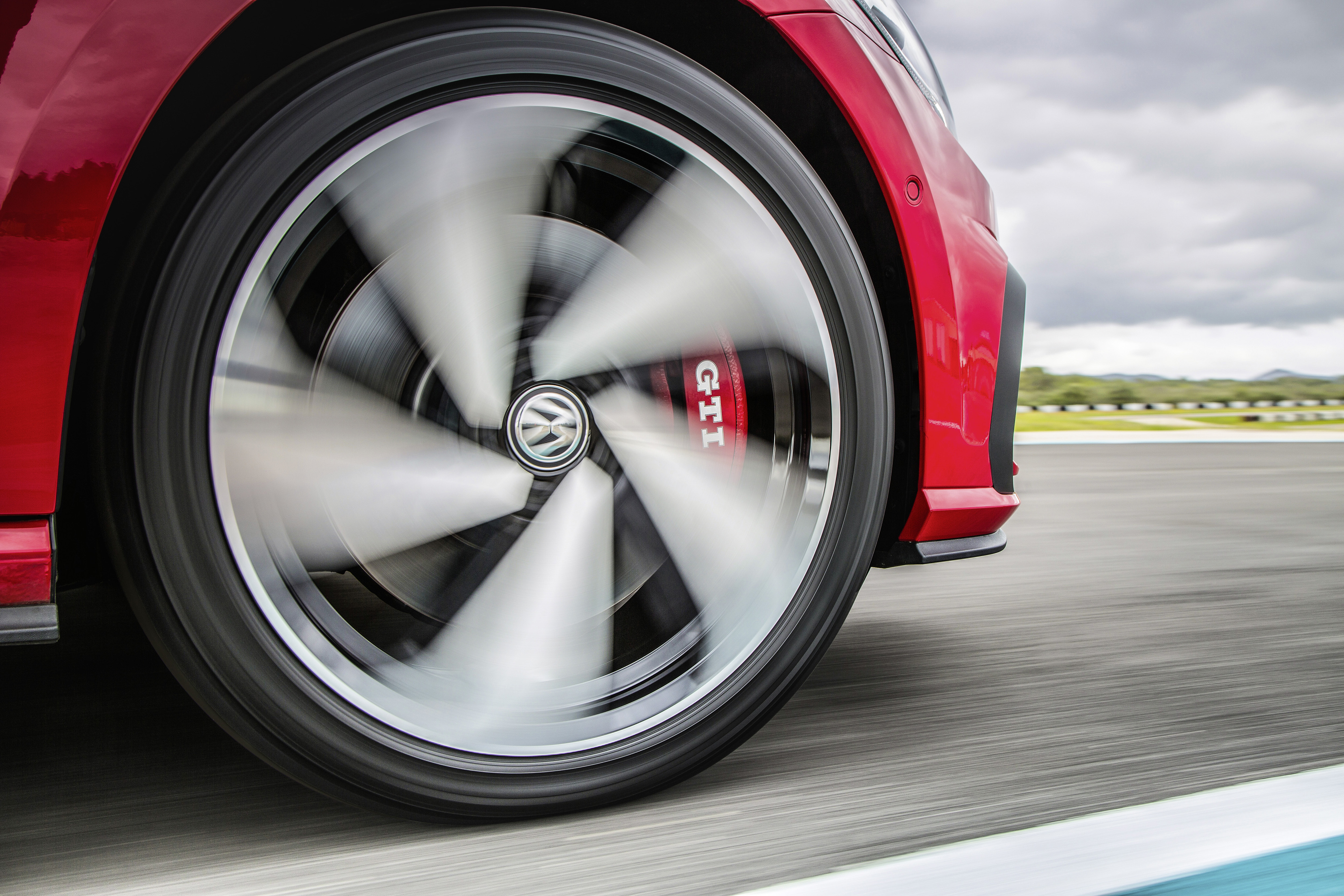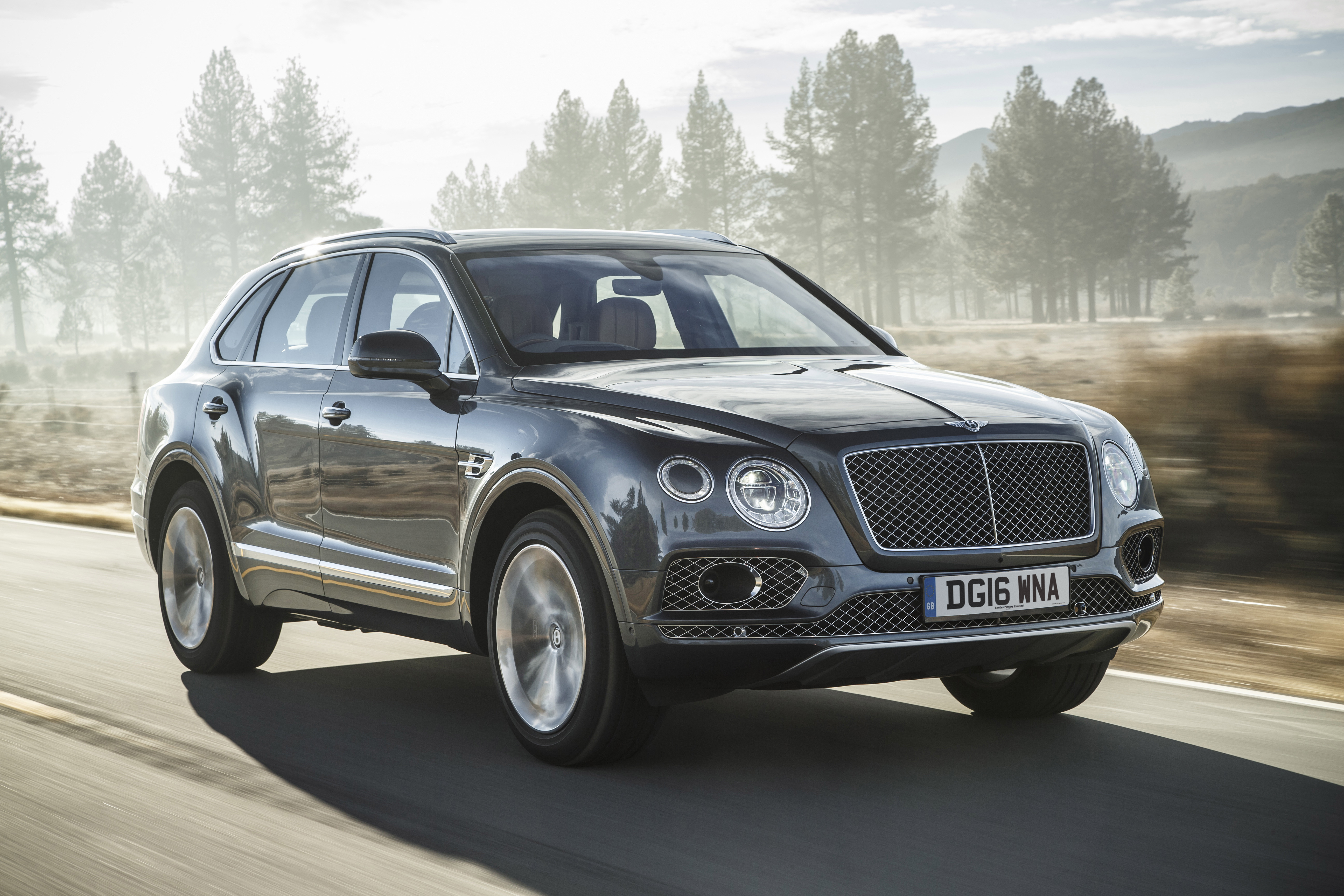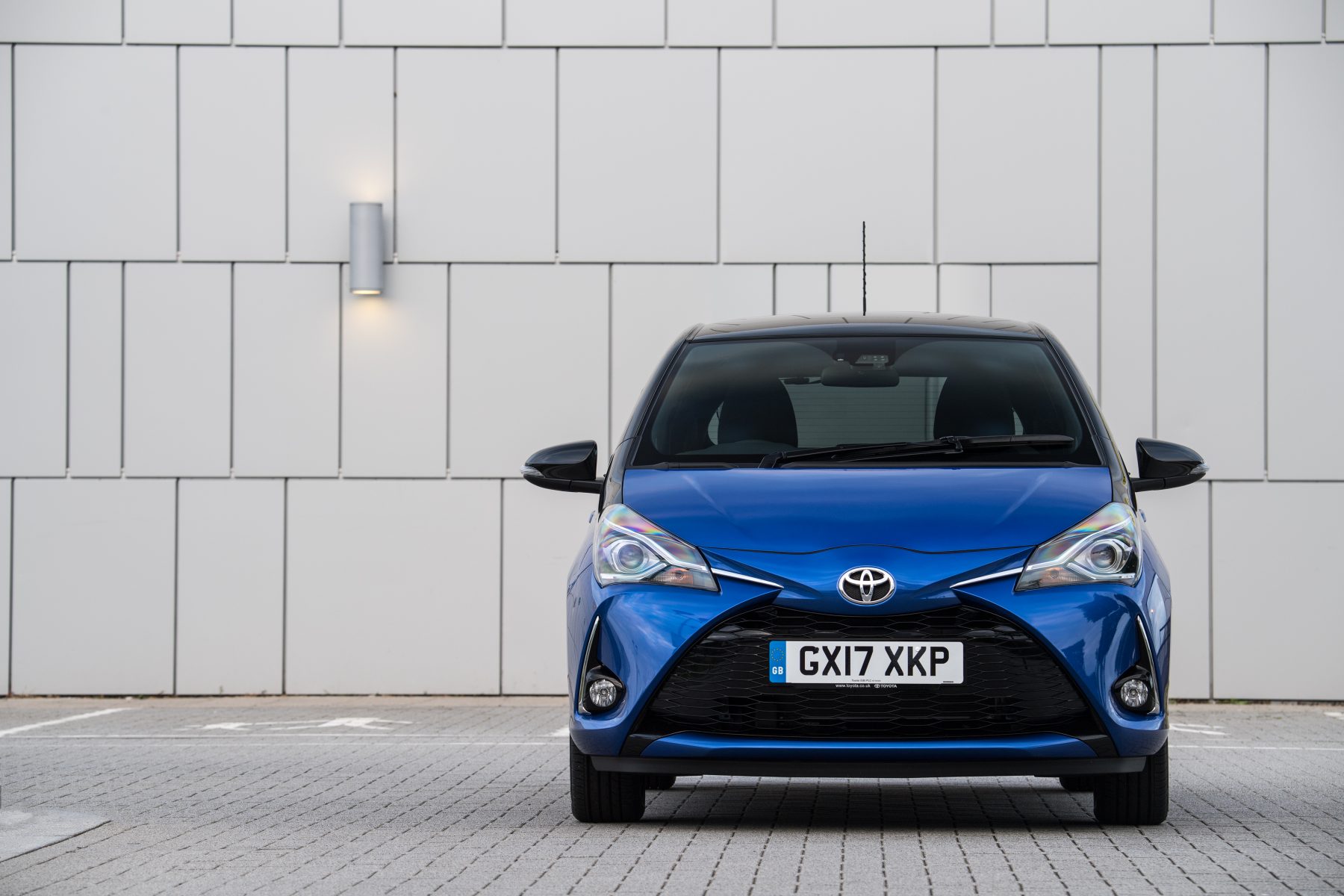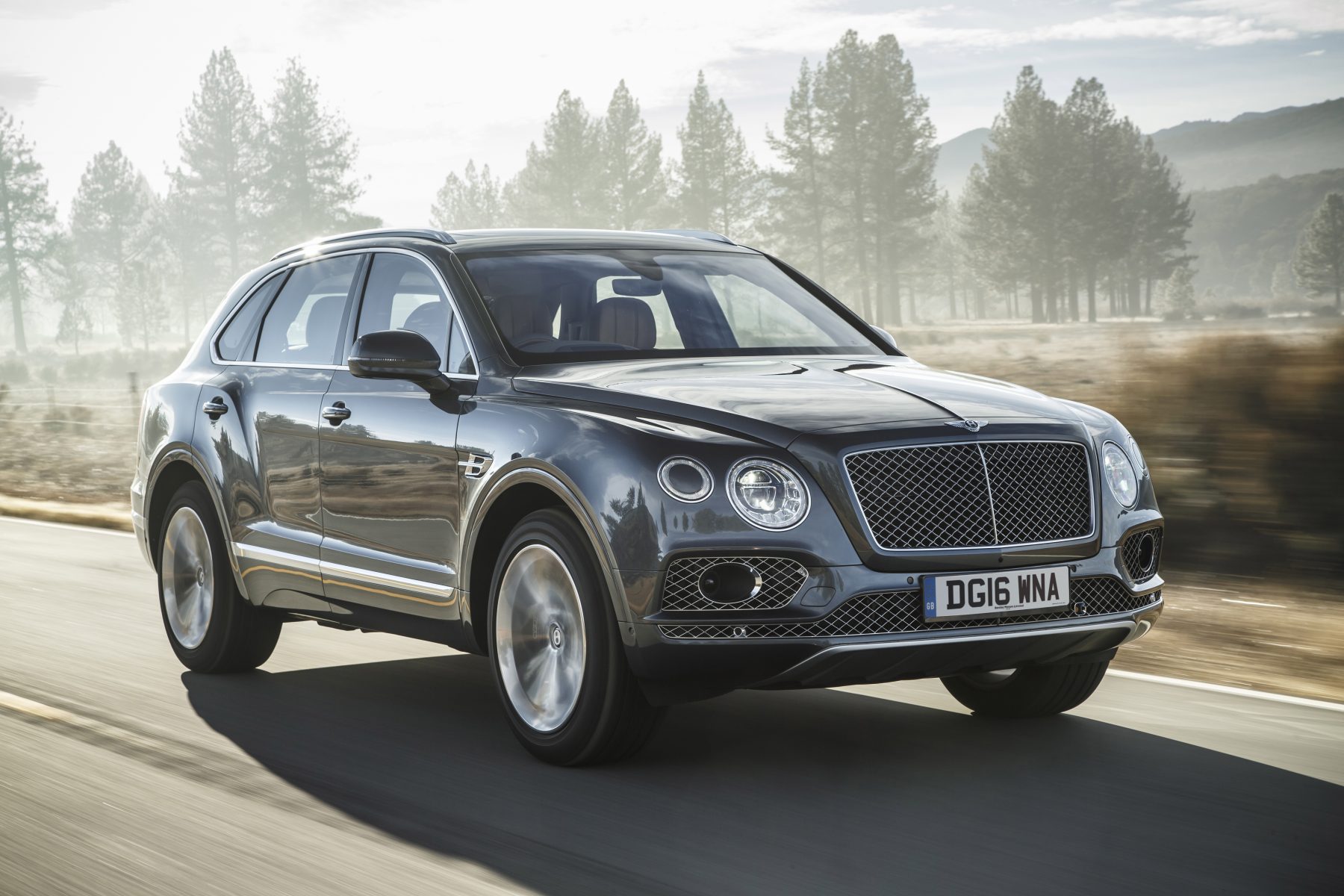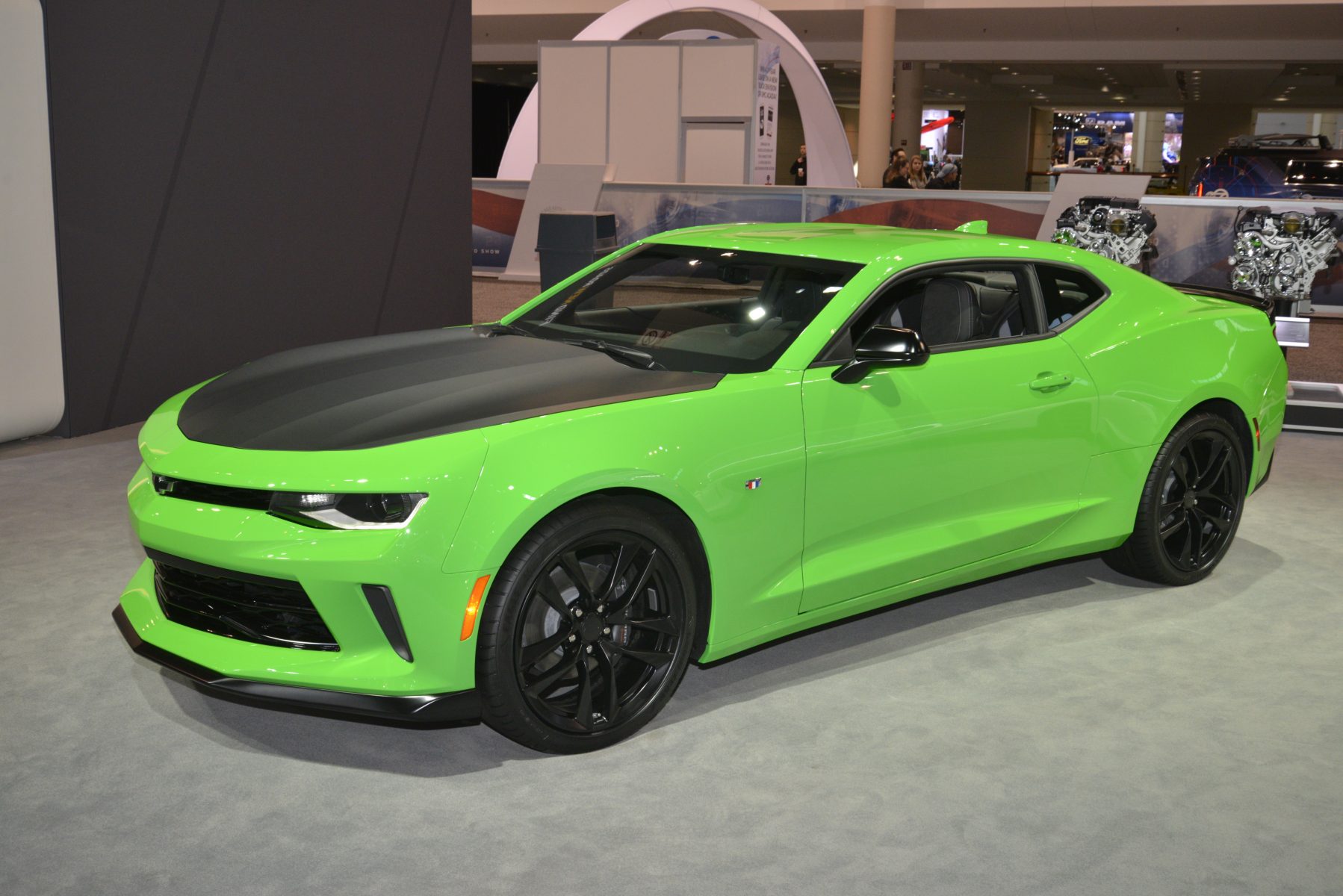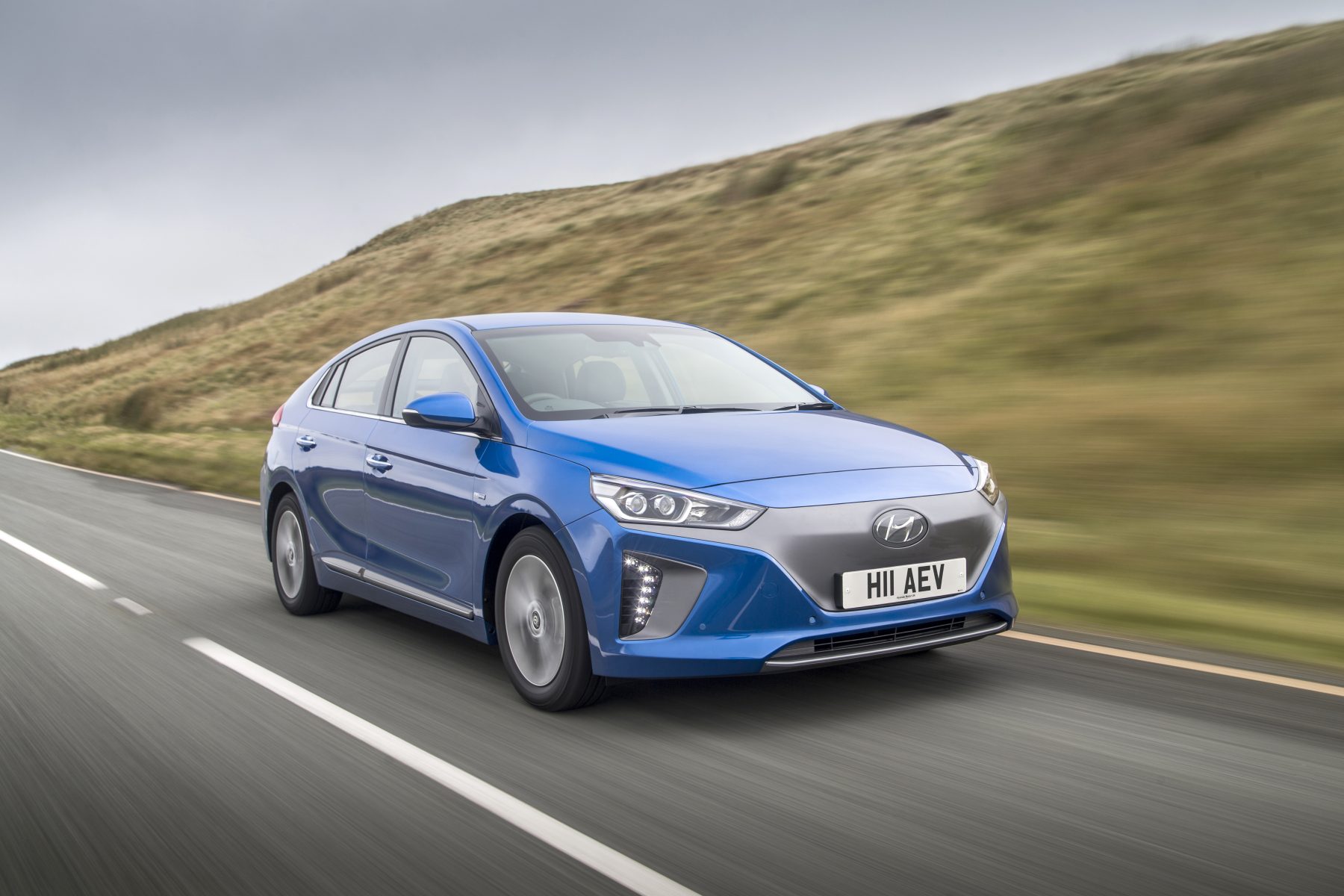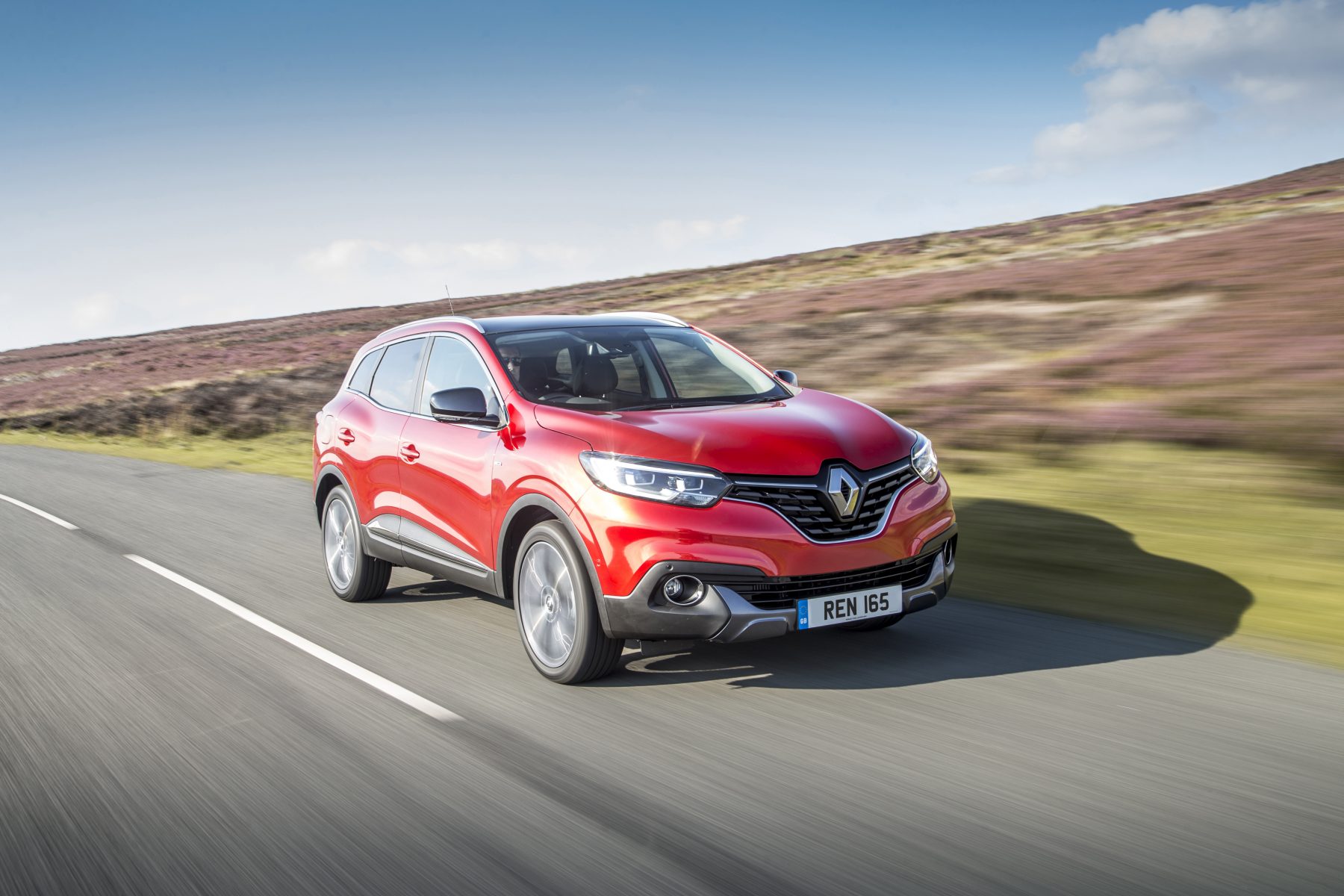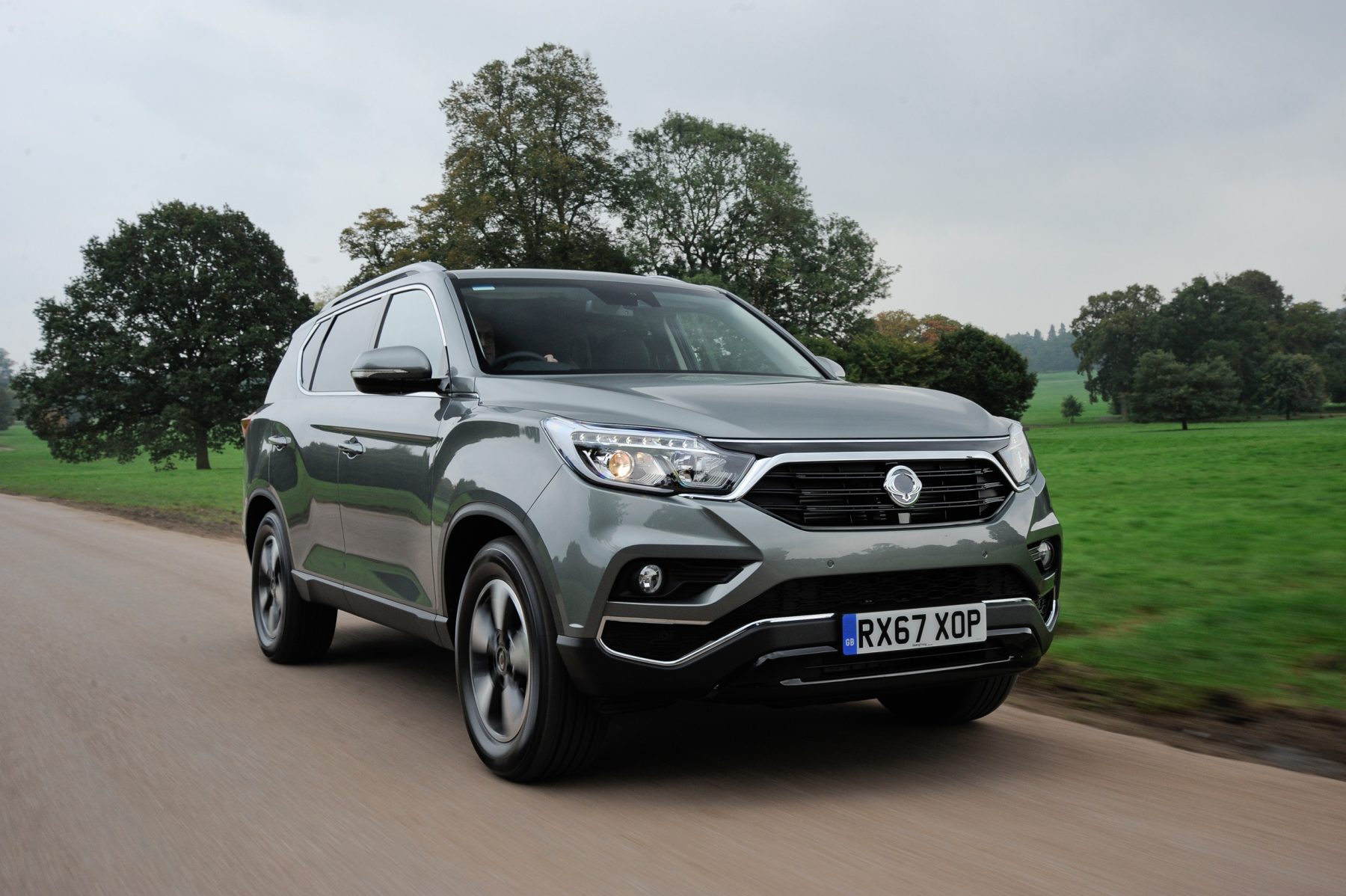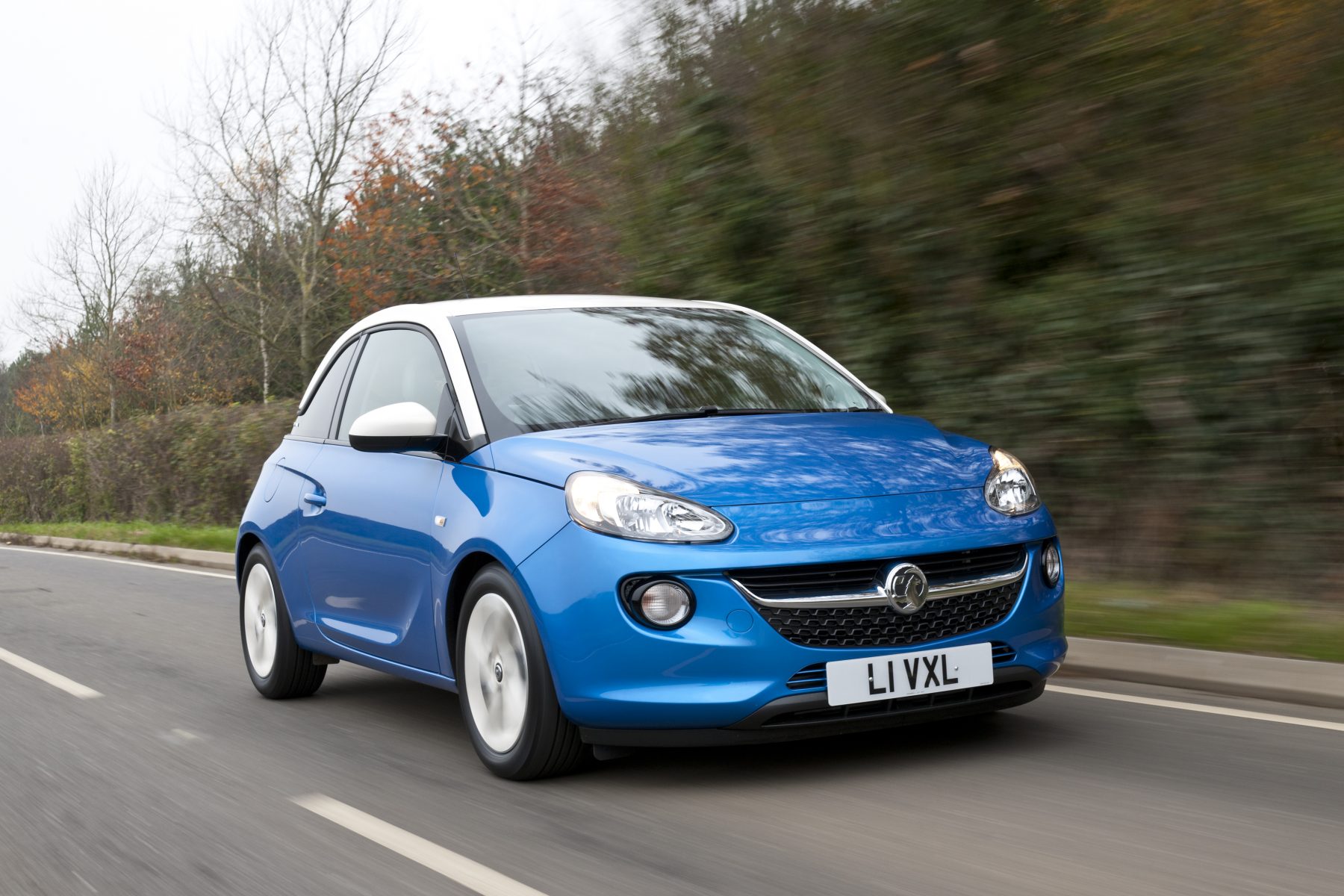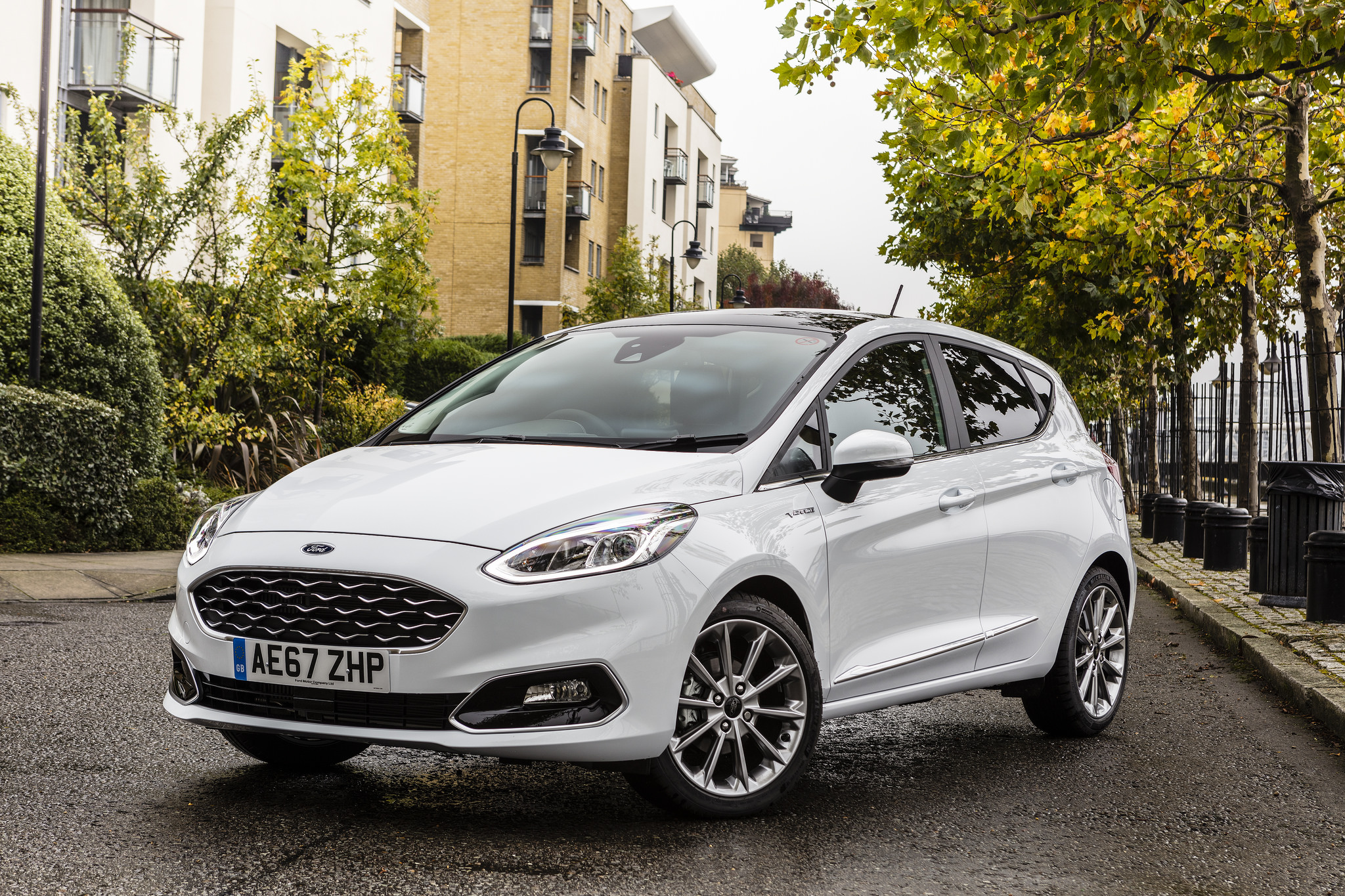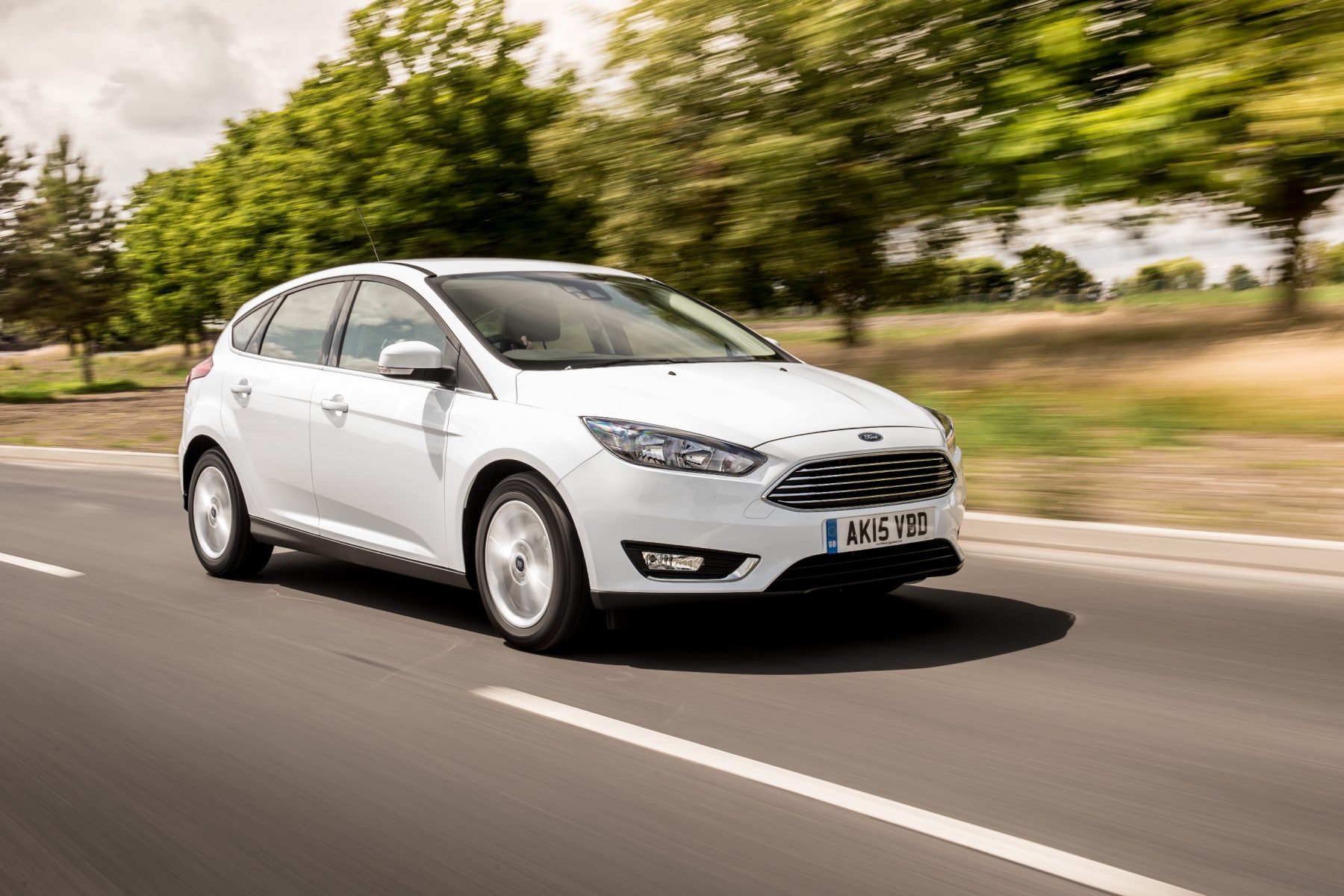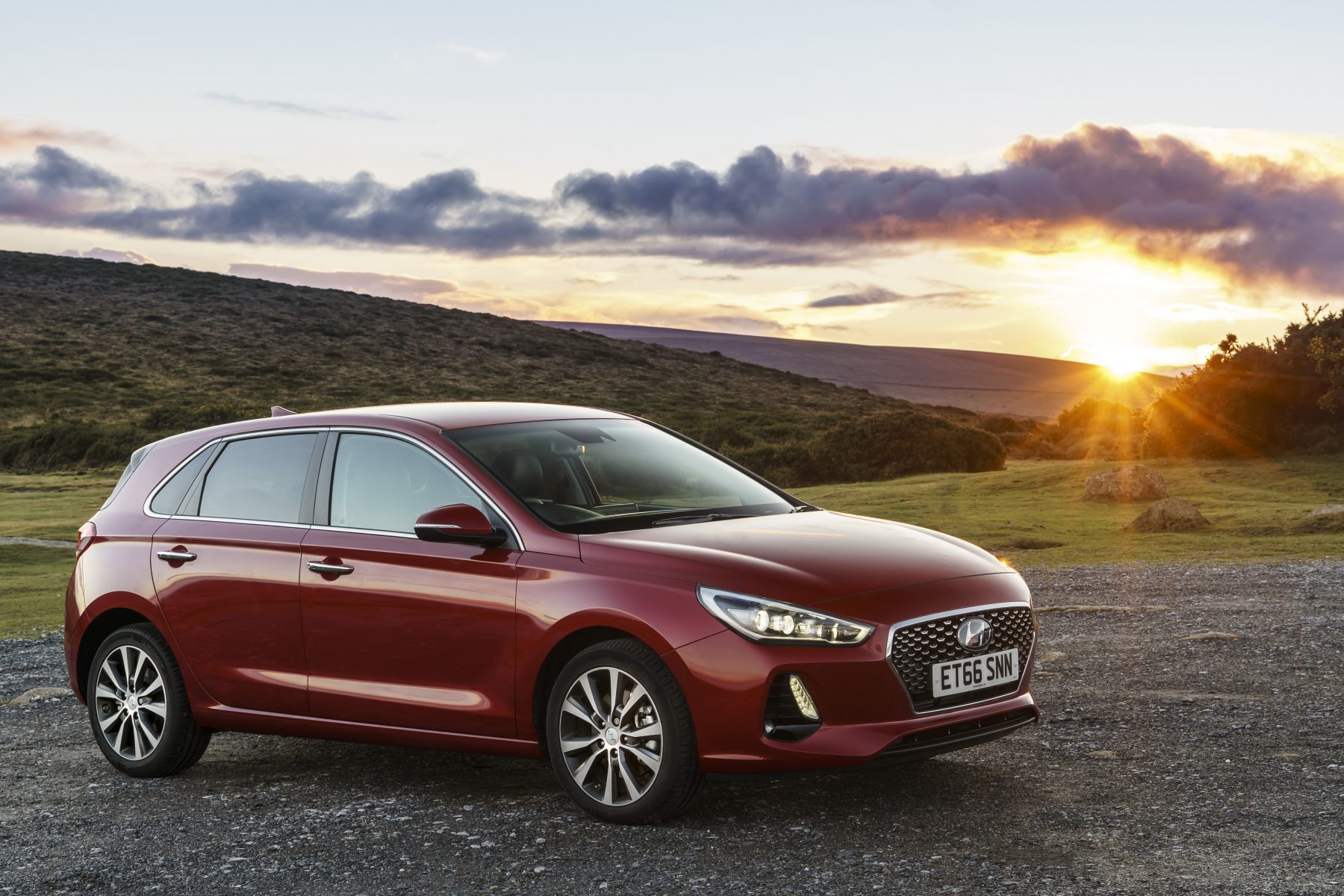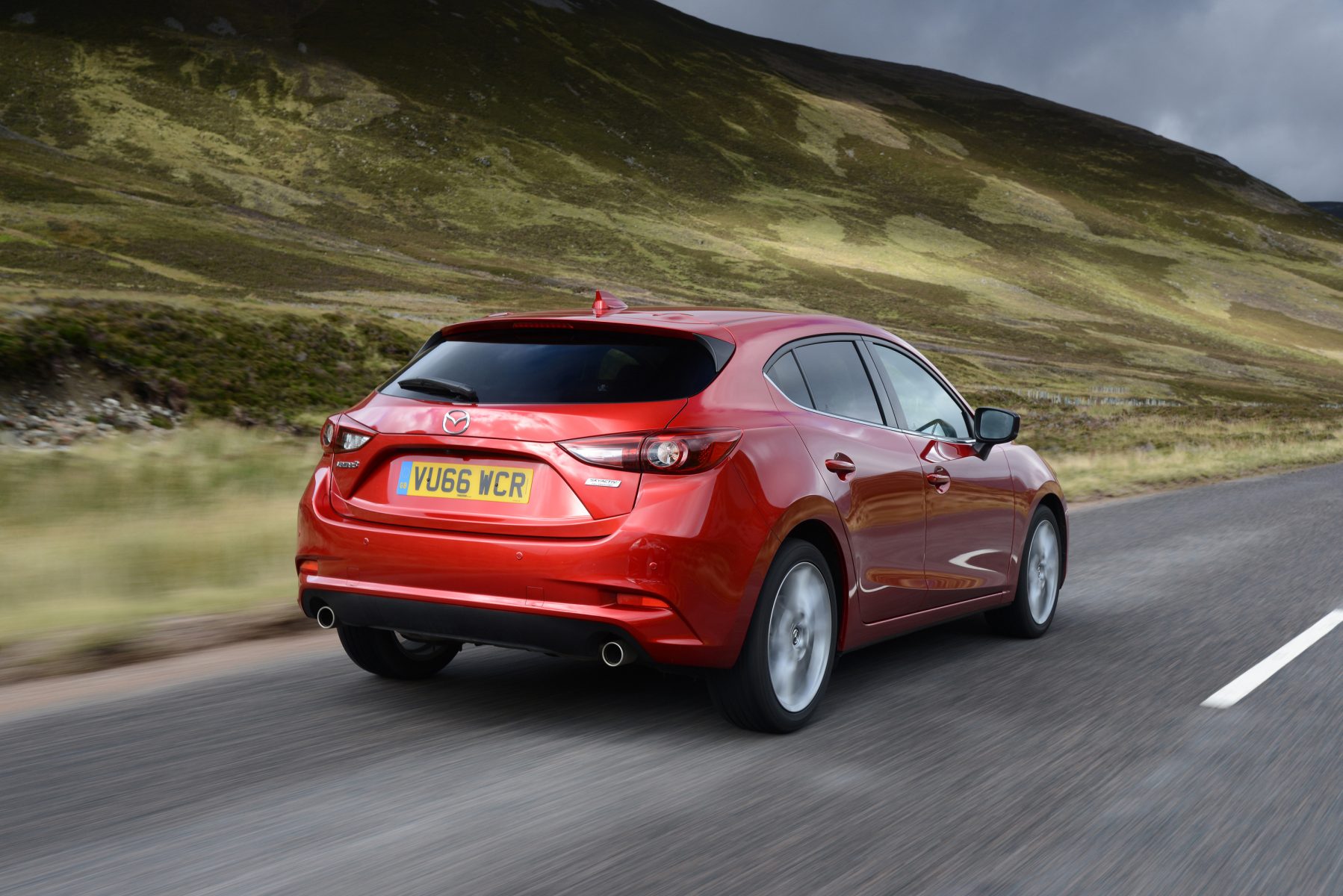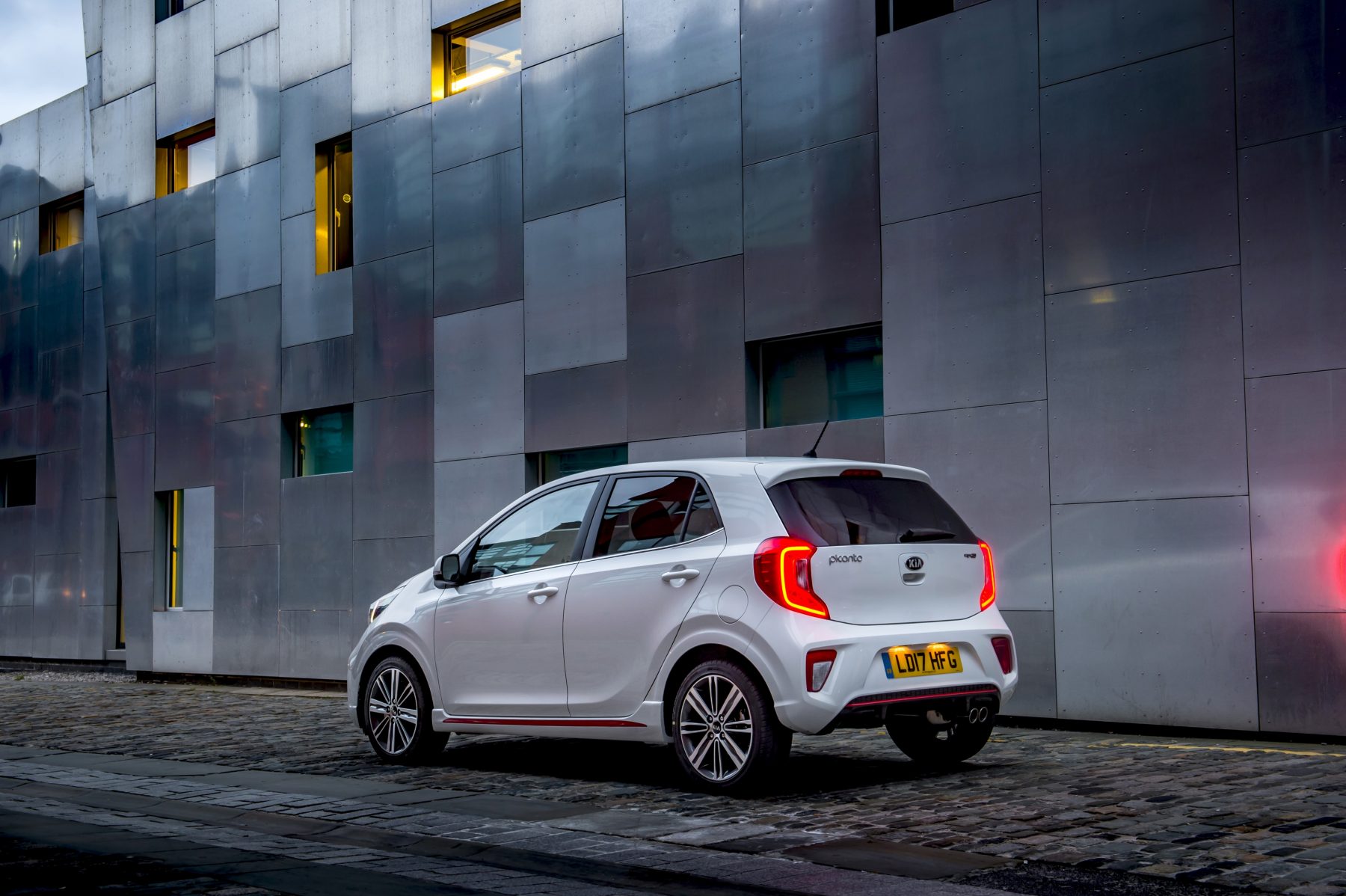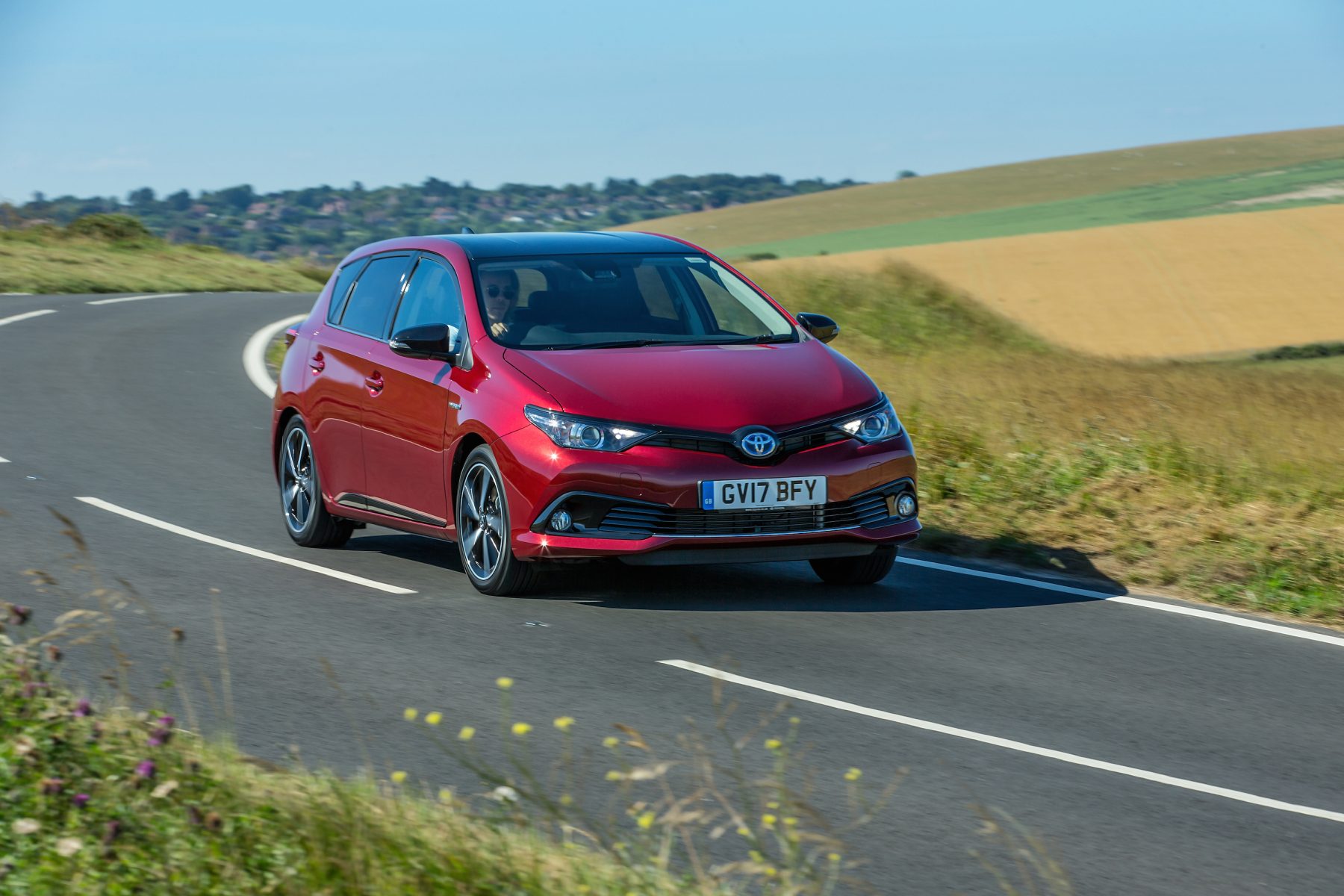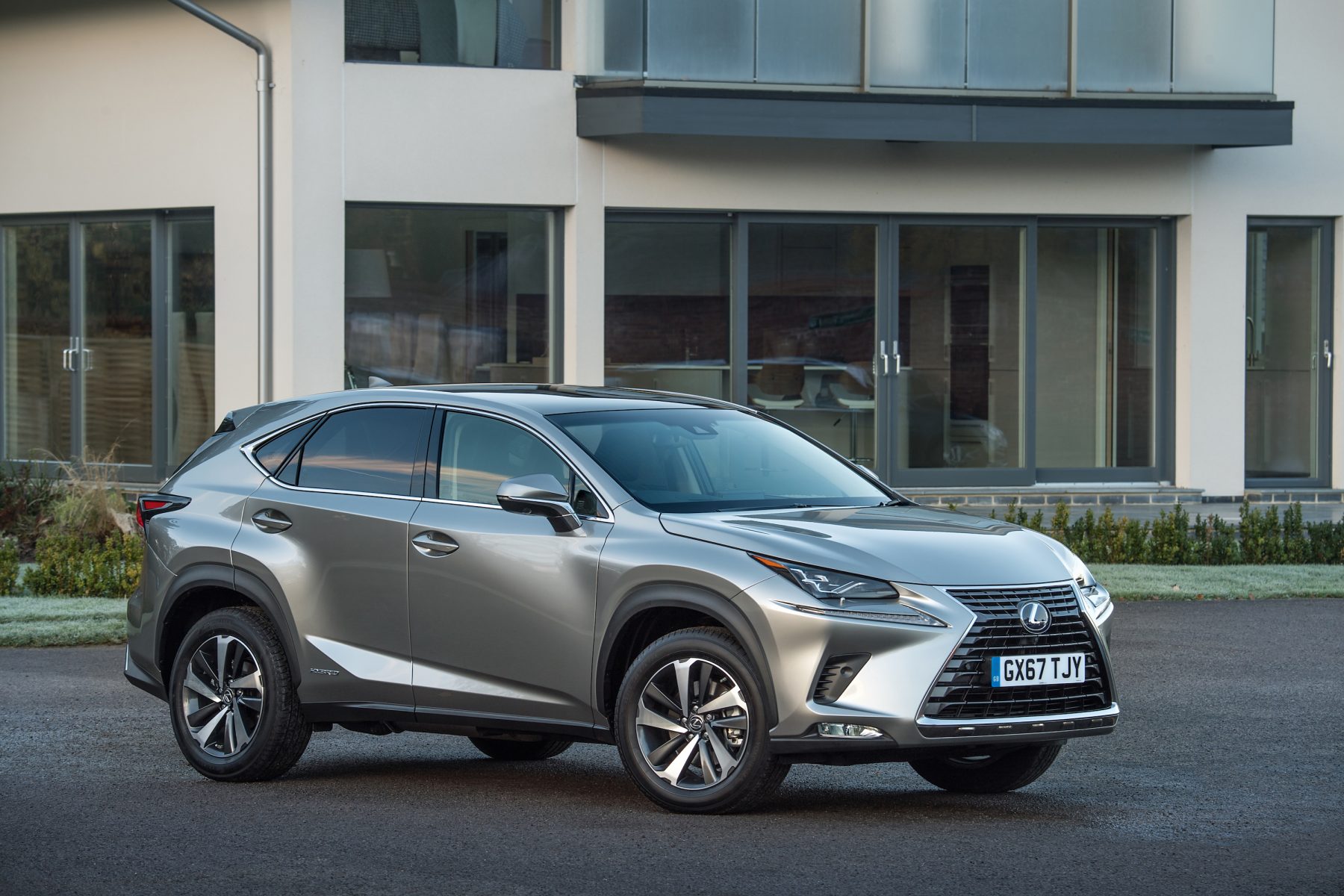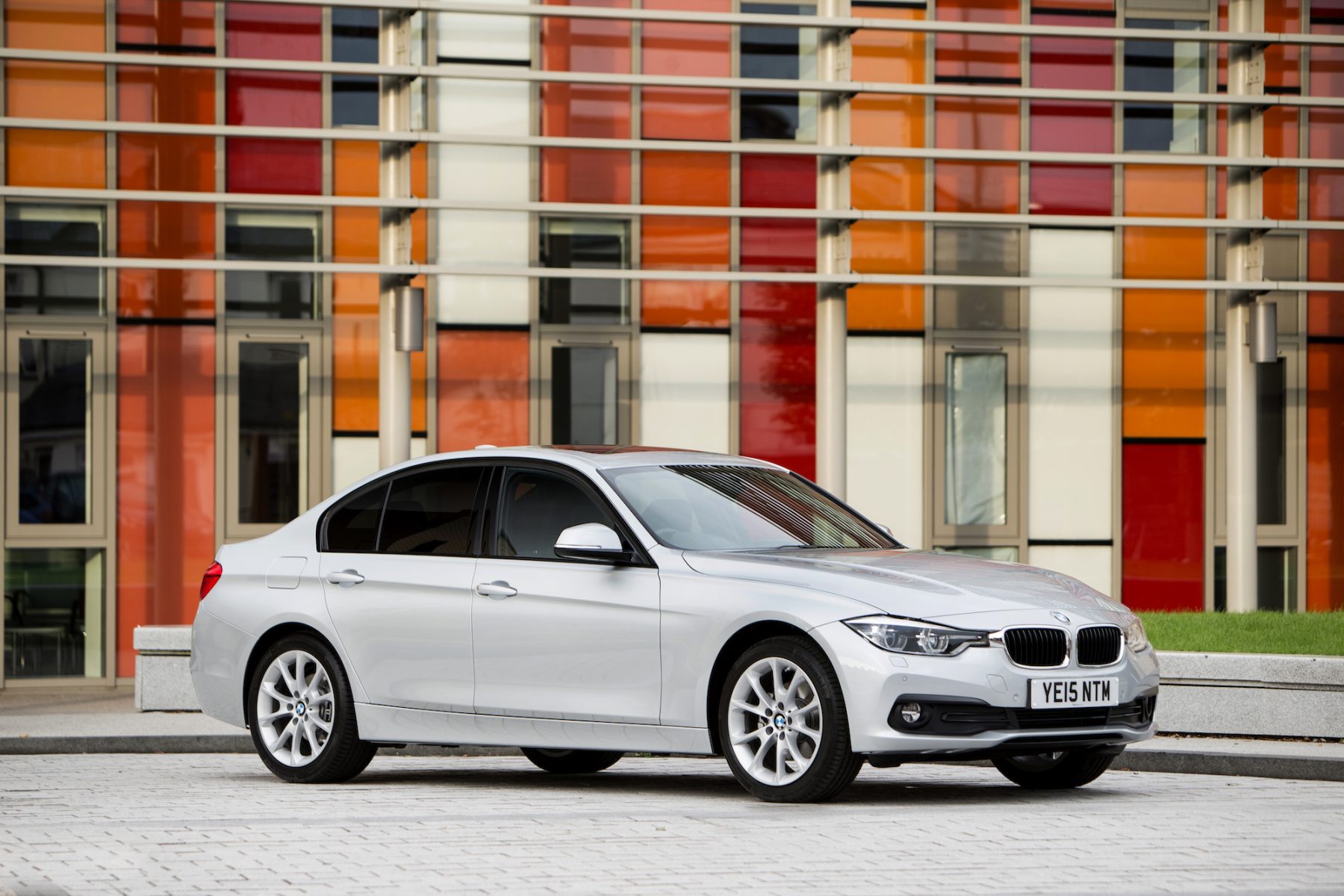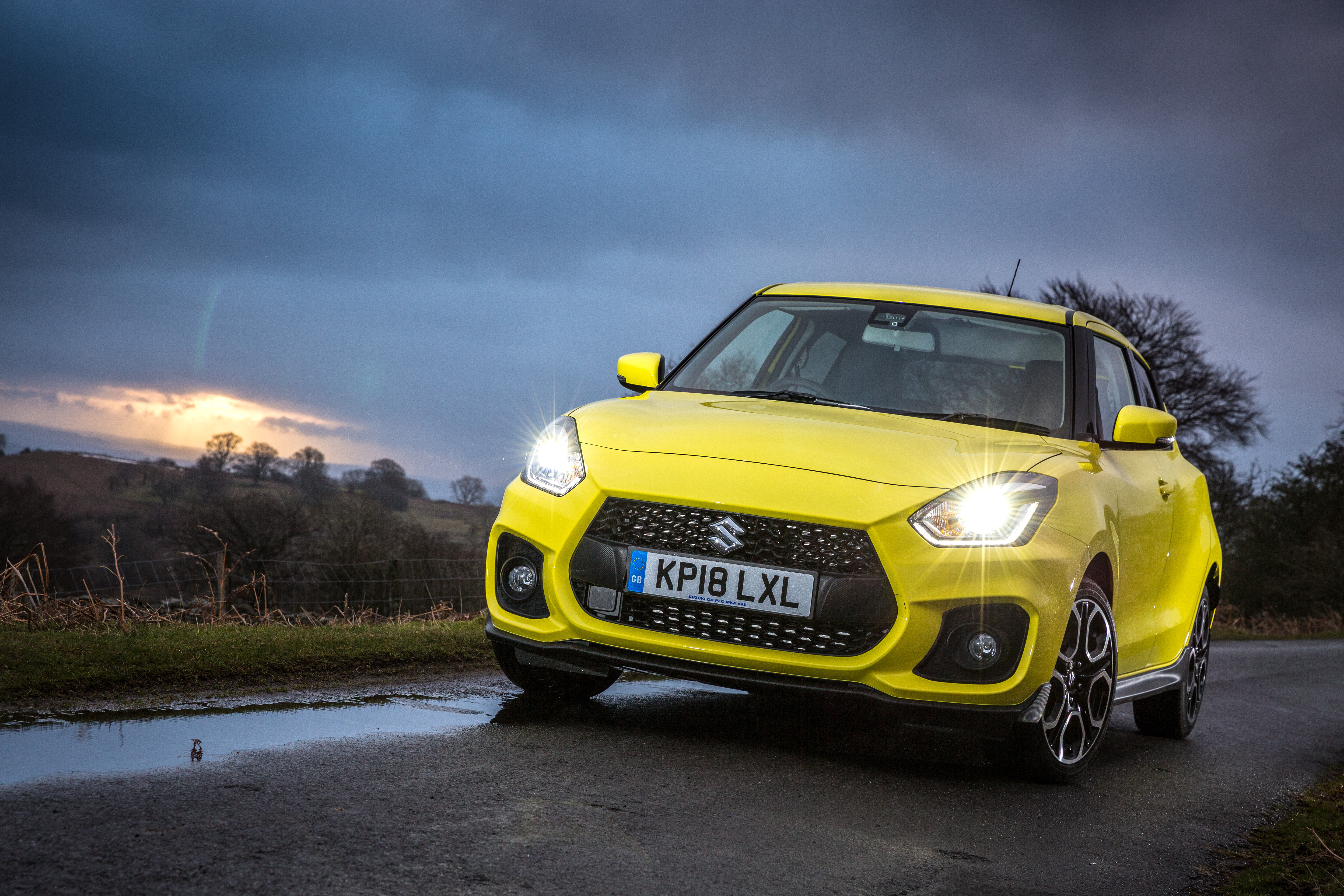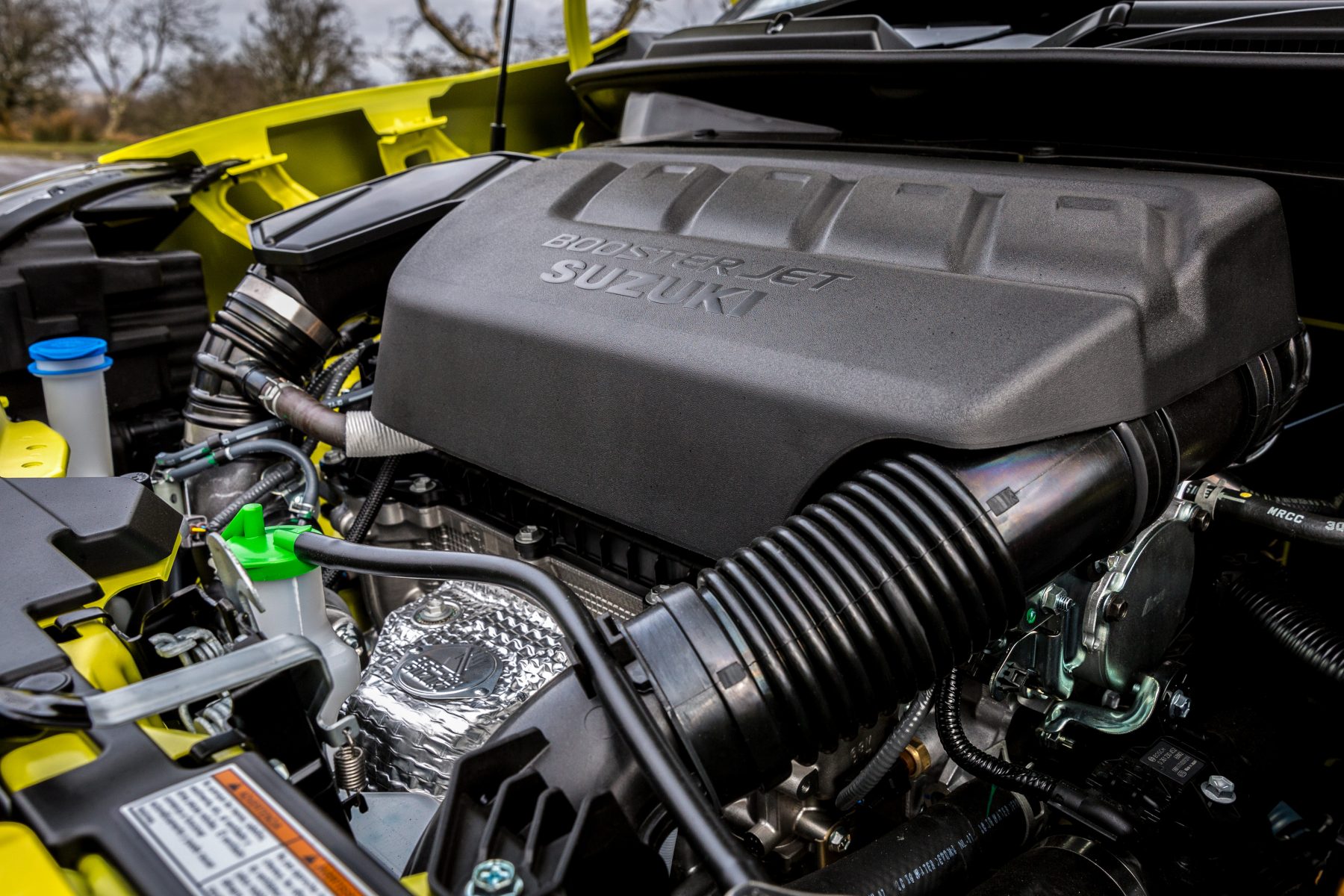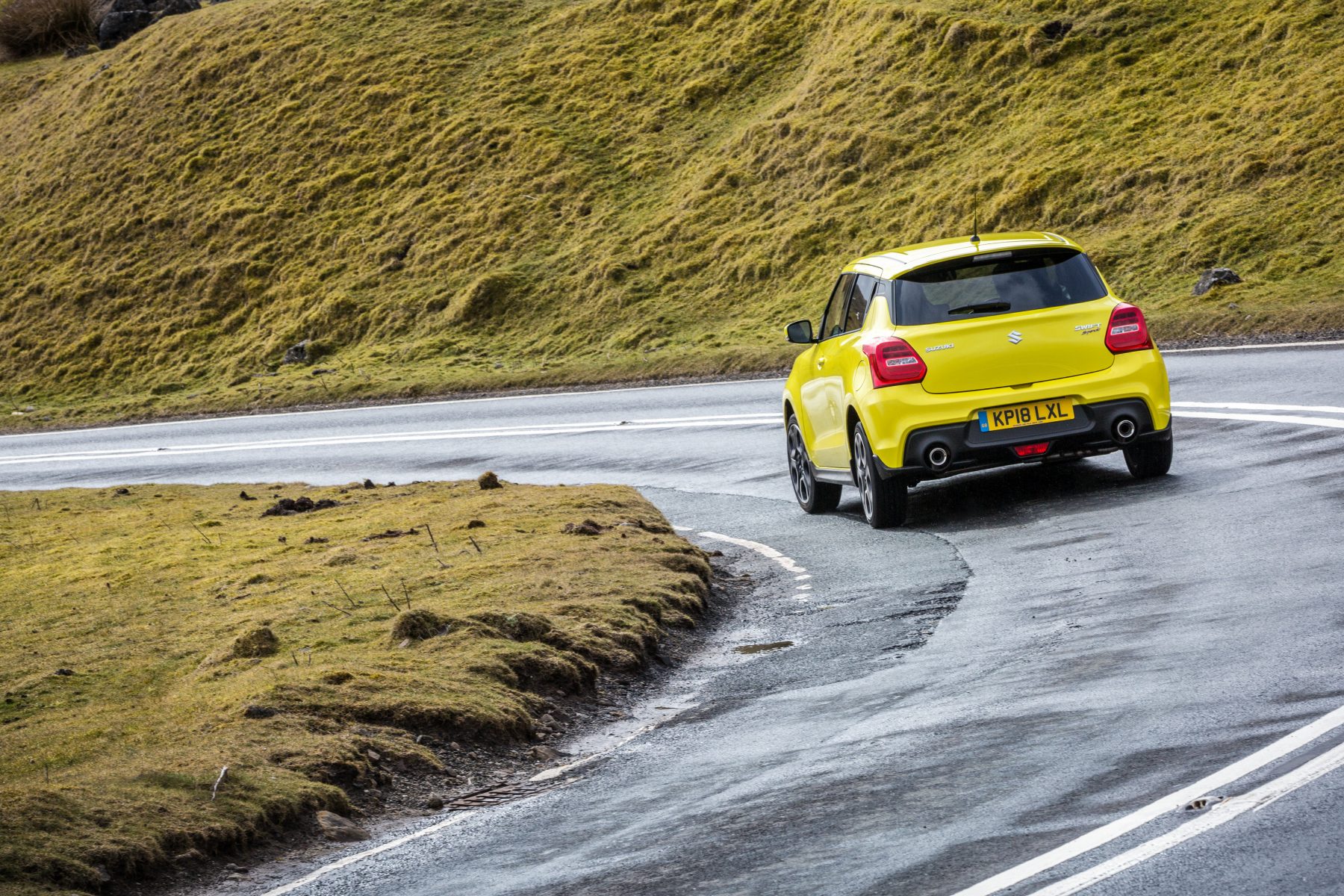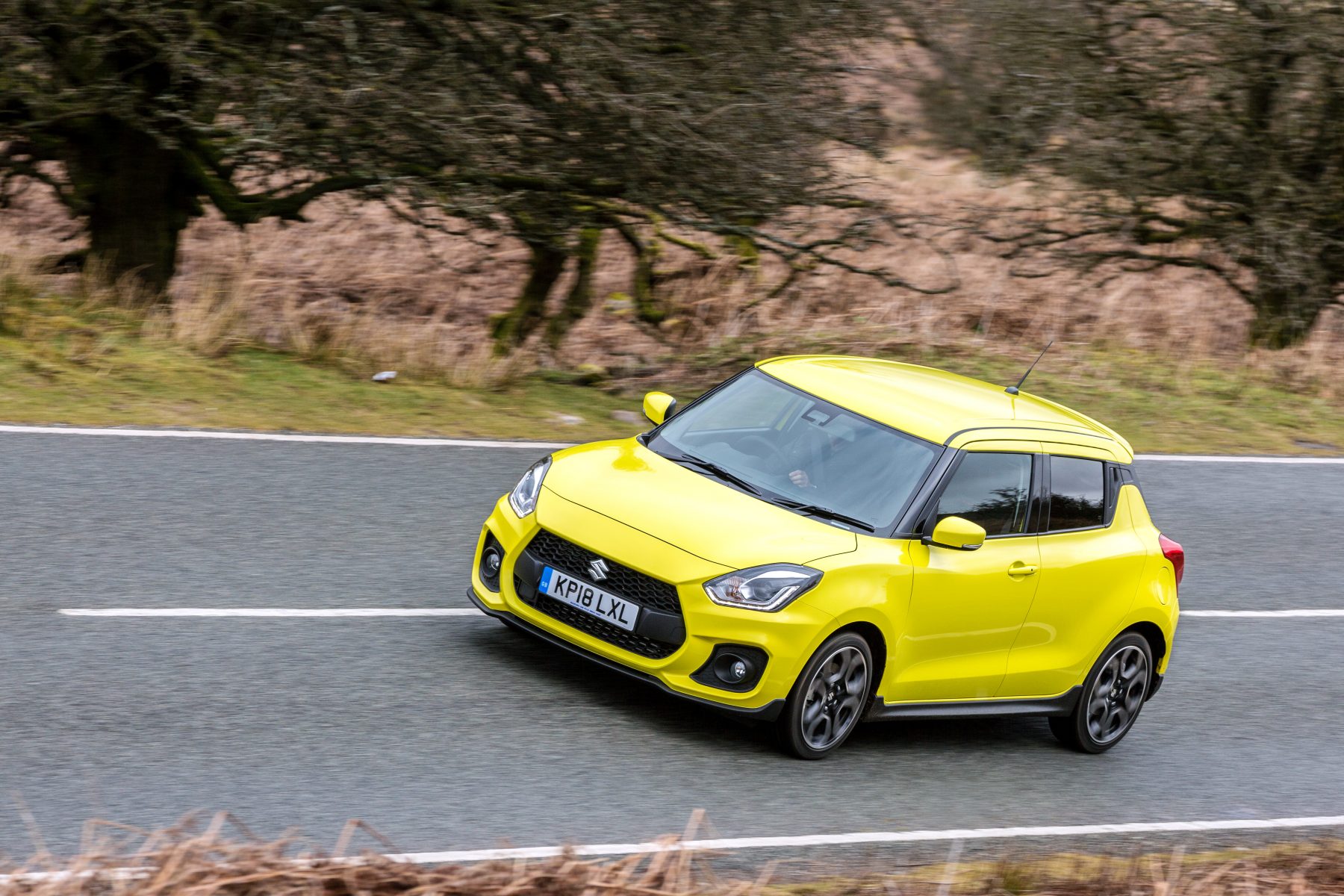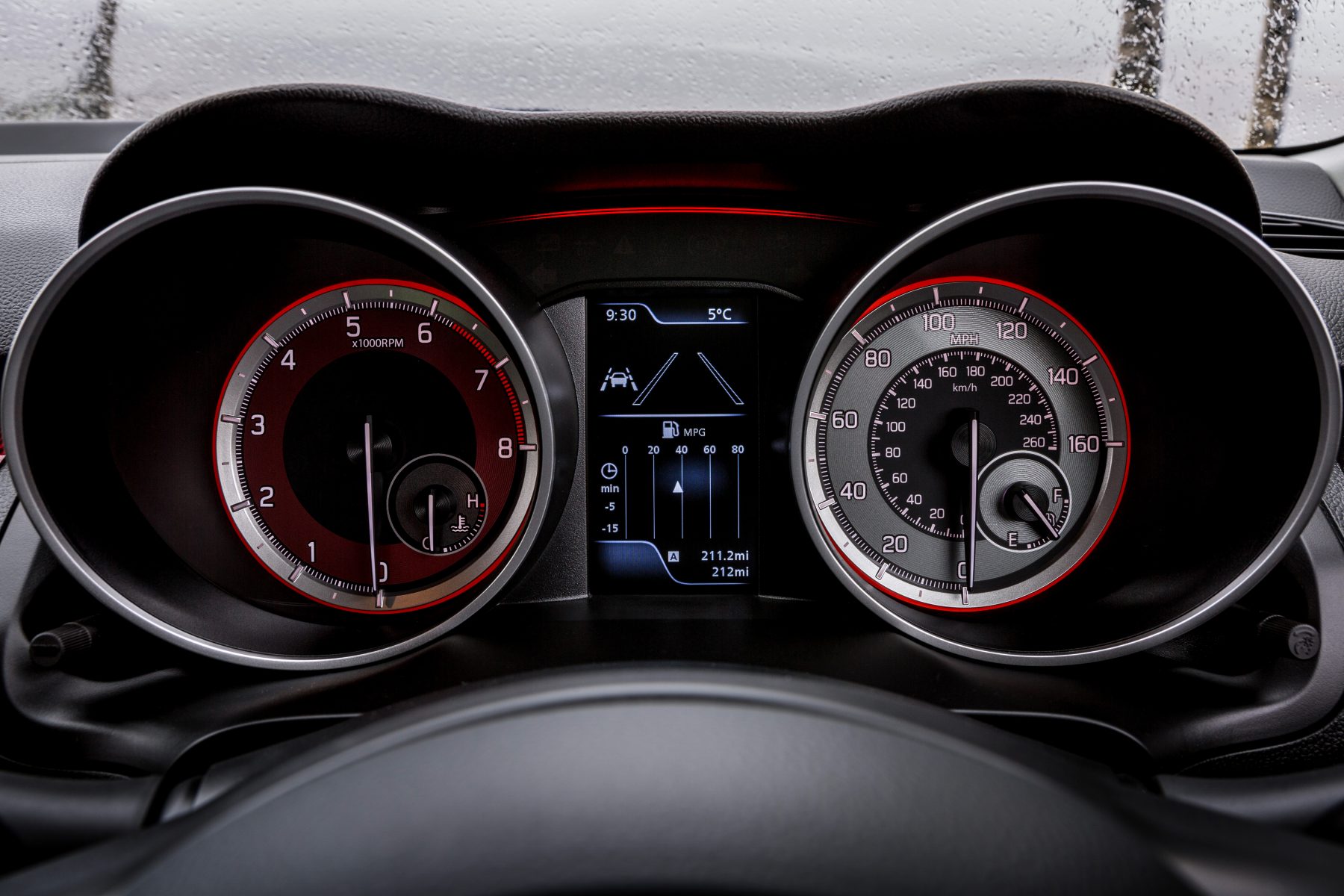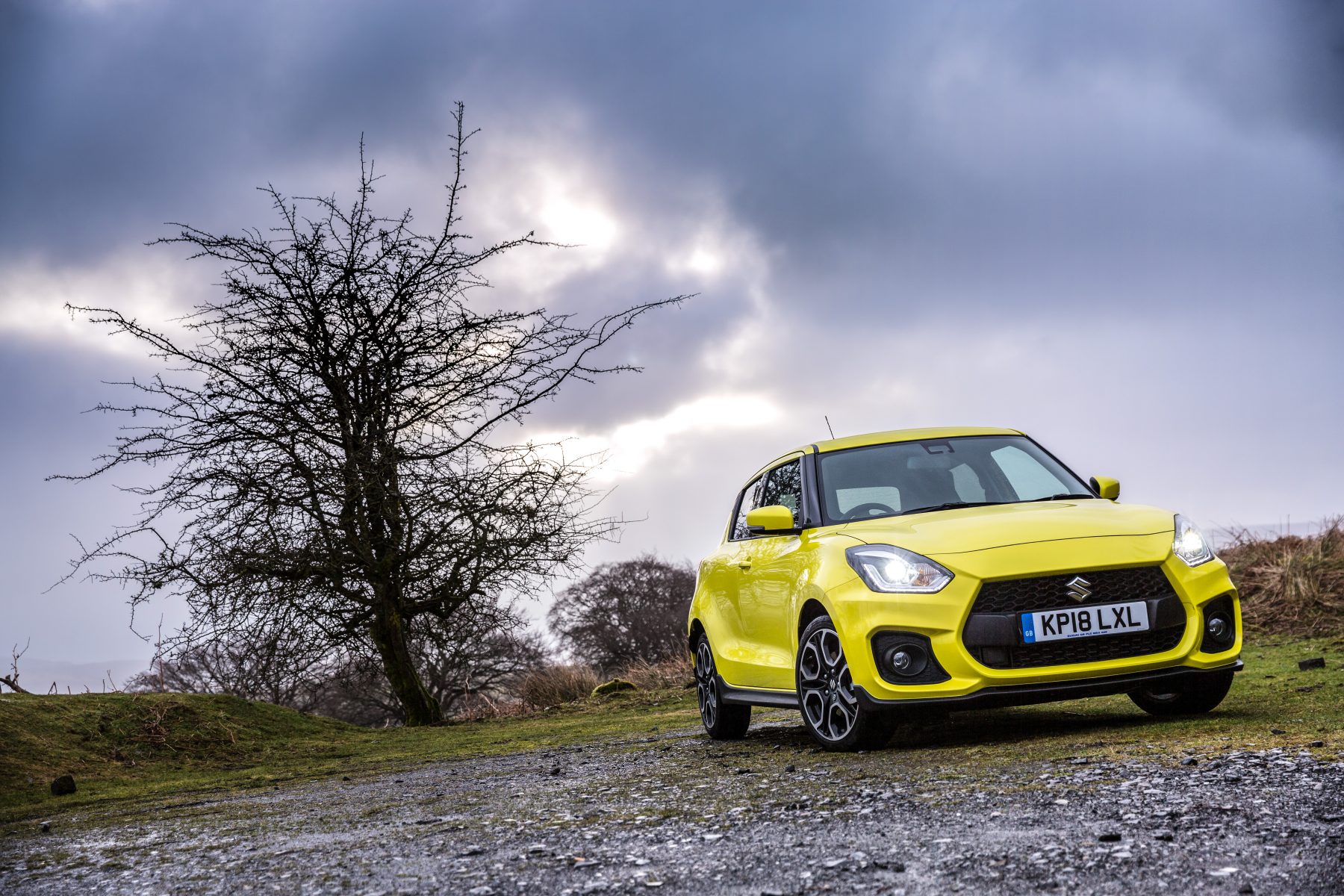Breakdowns are not only massively annoying, but they can also be quite dangerous if you stop in the wrong place.
Here’s our step-by-step guide to ensuring you make yourself completely safe in the event of a breakdown, on both motorways and ordinary roads.
1. Be careful
If your car doesn’t feel quite right or you sense trouble, it is always best to slow down and stop. Sometimes being precautionary means you won’t get yourself into more trouble.
2. Move off the road

Roads are dangerous places so ideally get your car off them, as far left as possible. The AA warns drivers to look out for soft verges on country roads, but if you are on the motorway stop on the hard shoulder – or an emergency refuge area if you are on a smart motorway.
3. Light it up

Hazard lights are definitely appropriate – you are a hazard after all. If weather conditions are dark or there’s limited visibility, you will need to use your lights, or fog lights too.
4. Wheels away

Particularly if you are on a motorway, when stationary, turn the wheels away from the motorway. Green Flag says this is the best option because, if you are shunted, the car will roll away from the motorway, and not into the live carriageway.
5. Get away from the traffic
Depending on which road you stop by, the traffic could be going in excess of 70mph – so get away from it. Get out of the side of the car away from traffic and move yourself safely away from the vehicle. If you’re on a motorway, stand behind the safety barrier.
6. Make yourself bright

If you have any brightly coloured clothing or high-vis jackets in the car, wear them. This is more important if you have broken down in dark or limited visibility conditions.
7. Be sensible with your warning triangle
If you’ve stopped on a normal road, place a warning triangle at least 50 yards from the car, but be sensible – don’t put yourself in danger to do it. If you are on a motorway, don’t use one, get away from the motorway as soon as possible.
8. Emergency telephone
If you are stopped on a motorway, there’s a good chance you won’t be far away from an emergency telephone. If it’s safe to do so, find one. These are free to use and get you straight through to the Highways Agency or the police, giving your exact location.
9. Ring for help

If you are not in a dangerous place, but aren’t prepared to fix your car, it is always best to try and ring a breakdown service, particularly if you are registered with one. Never attempt to fix your car on a motorway.
10. The waiting game
While in a safe place, and if help is on its way, always stand nearby your car to wait.
11. Awareness is key

Even if you feel like you are in a safe place, you may not always be. Many drivers out there are distracted, so be aware of oncoming traffic, says the RAC.
12. Keep calm and carry on
It sounds a bit cheesy, but these situations can be stressful. Erratic actions aren’t going to solve the situation, so you may as well keep calm until help arrives.



